More than 25 years pushing the boundaries of cooking
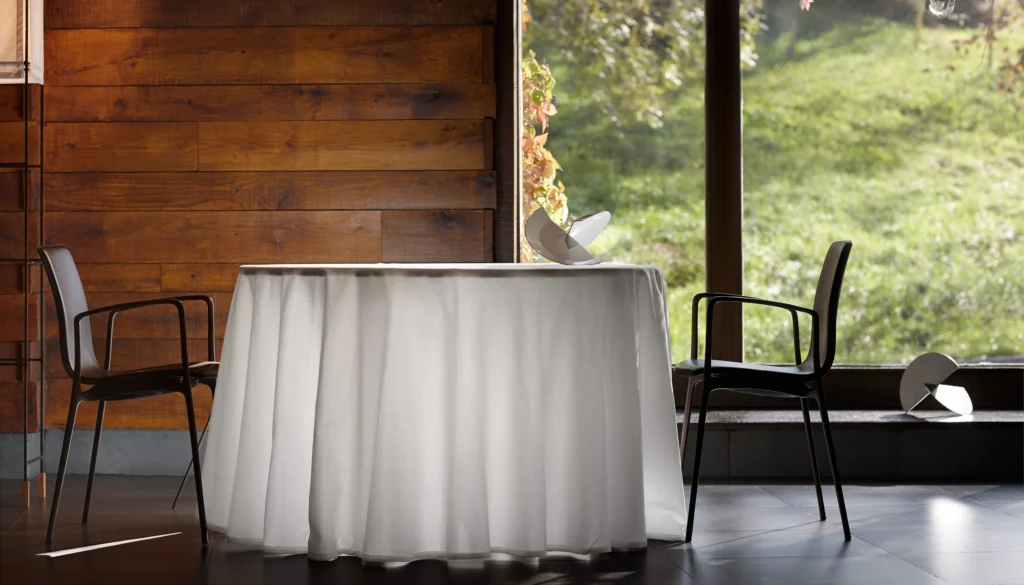


Mugaritz began its journey in March 1998. It is located in a rural area, surrounded by meadows, forests and farmhouses. In the past, the restaurant was surrounded by a huge oak grove, of which very few specimens remain today. One of them, “doubly centenary”, stands just a few metres from our kitchen. It is a lookout and silent witness to our history.
Timeline of milestones
20 24
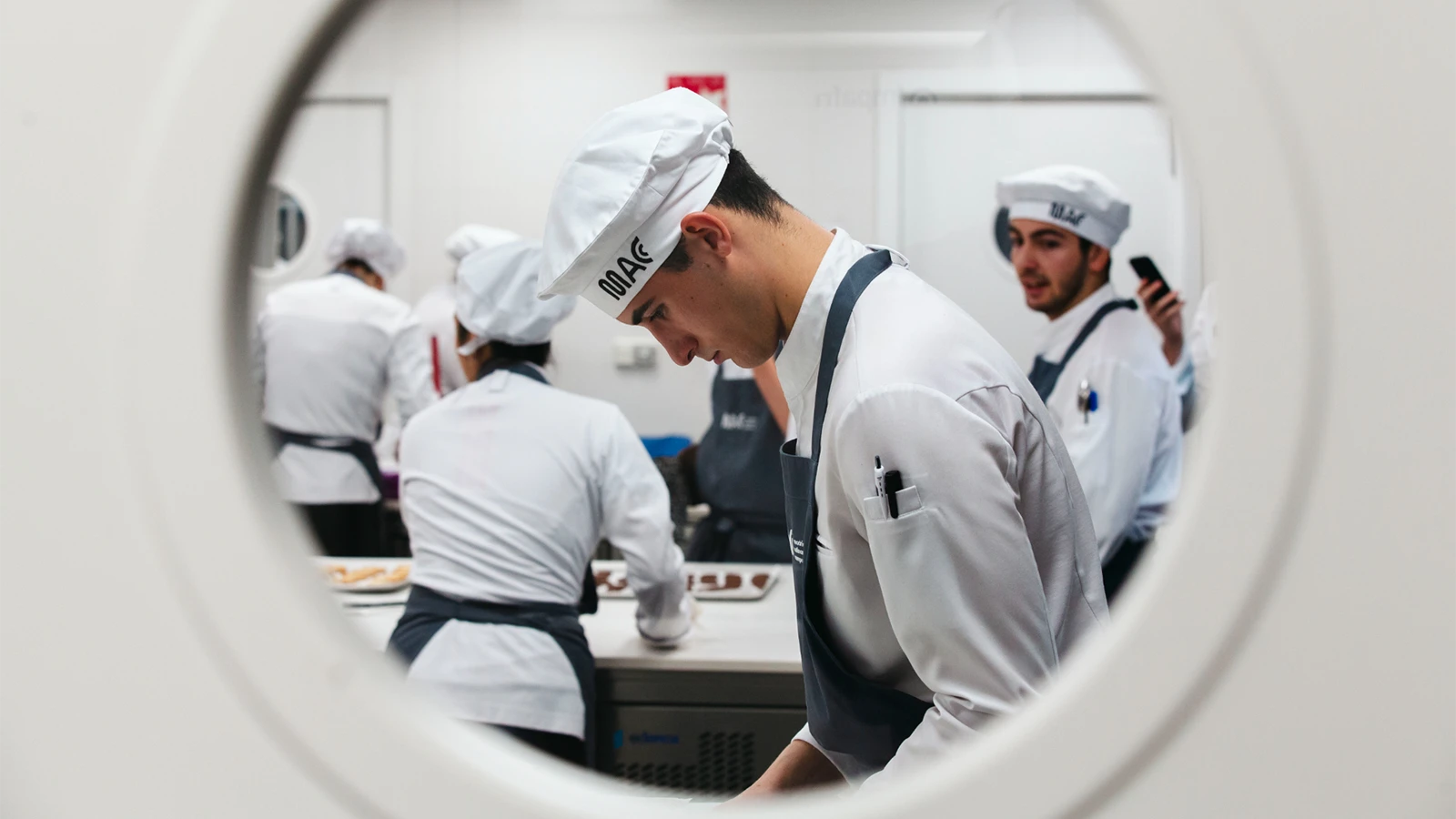
Mugaritz strengthens its commitment to training with an advanced programme in creativity at MACC
In November we launched our first postgraduate course at the Madrid Culinary Campus (MACC), an initiative of the Comillas Pontifical University and the Vocento group sponsored by Ferran Adrià and Andoni Luis Aduriz. Led by our R&D manager, the Mugaritz Creativity Programme aims to develop creative skills based on the study and application of creativity in the gastronomic context. This project was the culmination of our commitment to education.
Other milestones: The documentary “Mugaritz. Sin pan ni postre”, directed by Paco Plaza, opens the Culinary Zinema section of the Zinemaldia.
Timeline of dishes
20 24
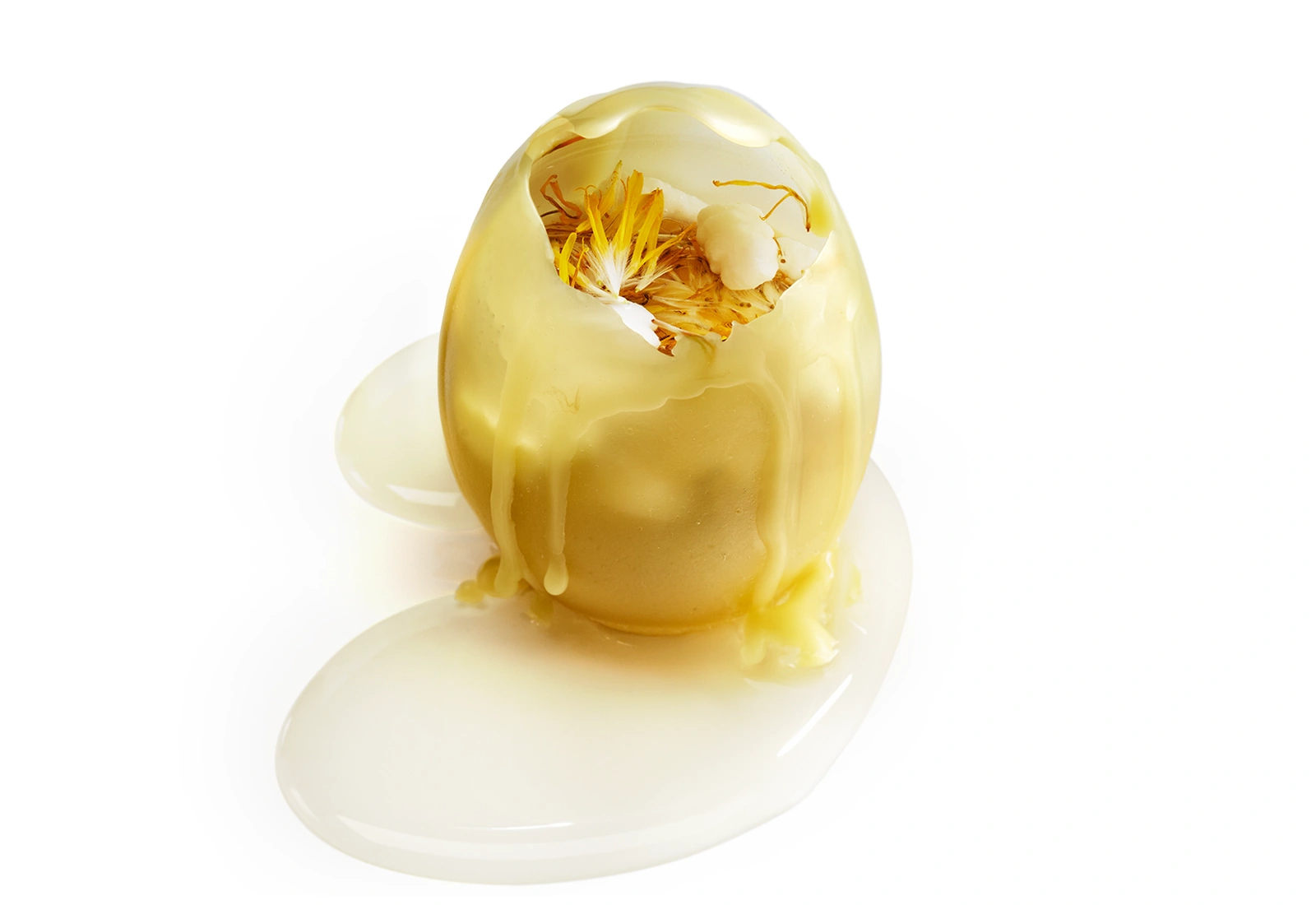
Drones
In this dish, we defend the role that each and every one of us individuals comprising collective systems play, just like in hives or swarms, even including the contribution of drones.
20 23
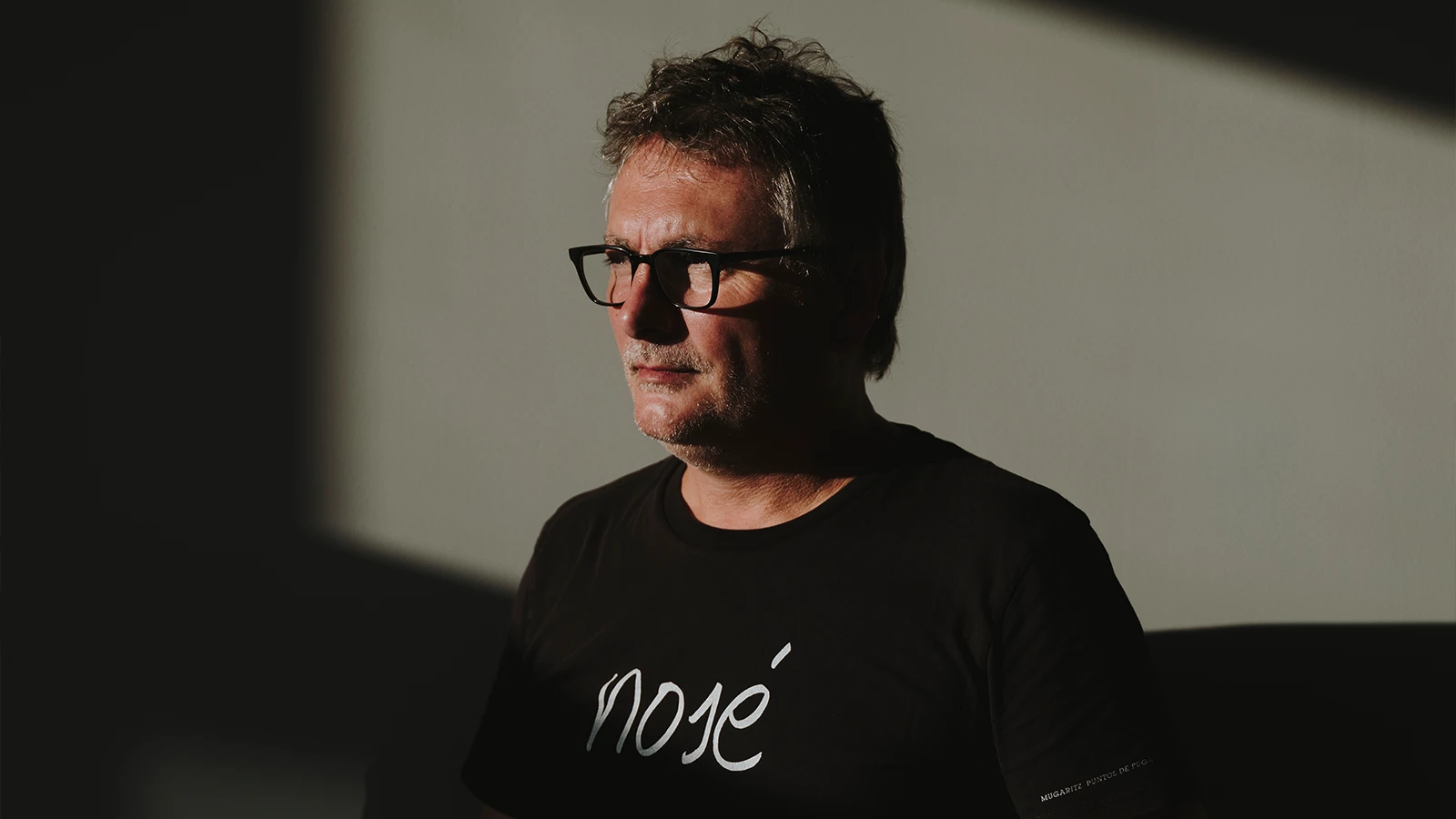
Andoni Luis Aduriz receives the Icon Award from The World’s 50 Best Restaurants
On our 25th anniversary, Andoni Luis Aduriz received the Icon Award presented each year by The World’s 50 Best Restaurants. This award is given to an individual who has made an outstanding contribution to the world of gastronomy, worthy of international recognition, and who has used his or her platform to raise awareness and promote positive change in the sector. In the words of its content director, Andoni “is one of the most influential and well-liked chefs of the 21st century to date”.
Other milestones: Mugaritz presents Itzgarmu, the other side of its ecosystem.
20 23
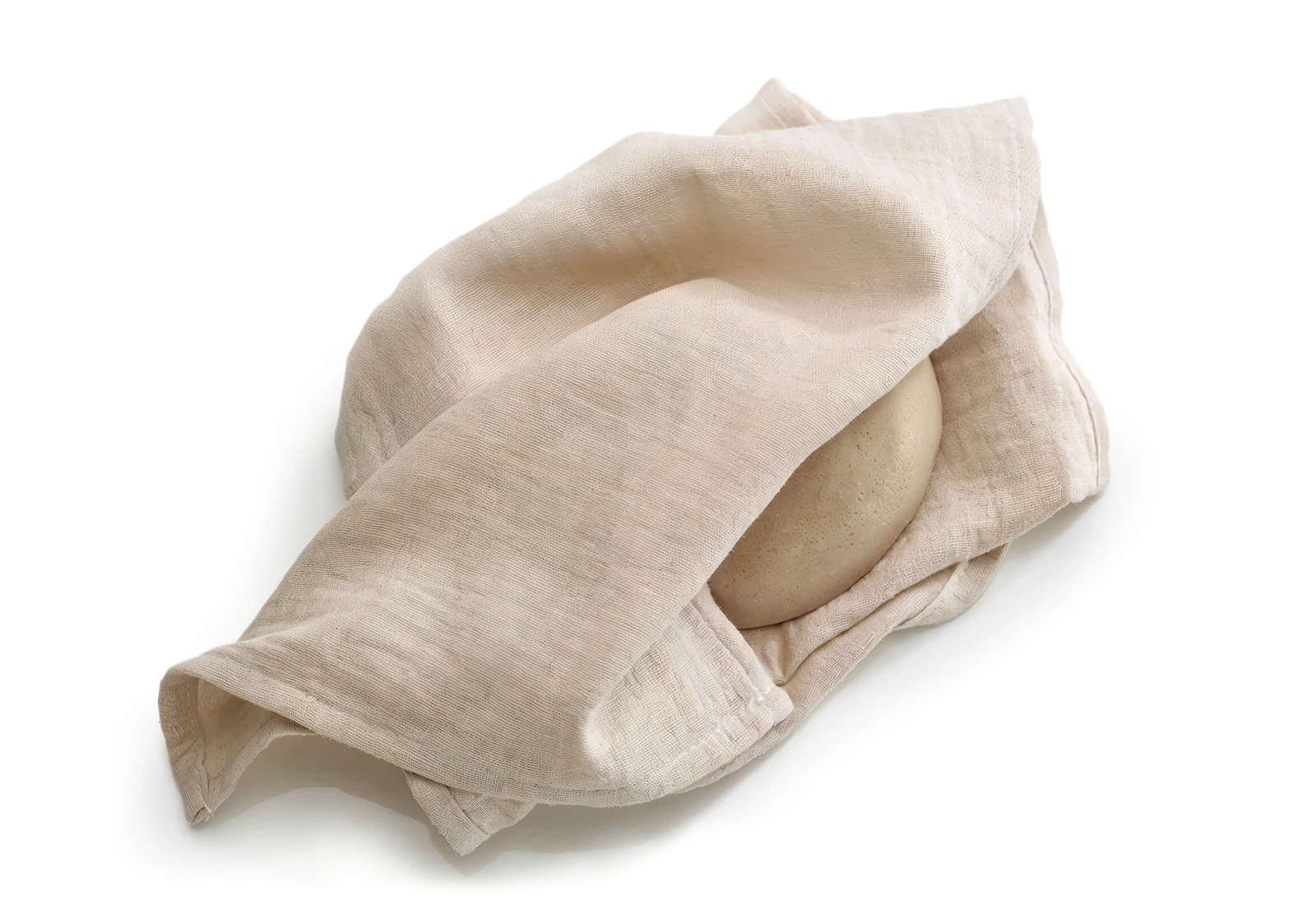
Ama
From the Spanish verb amar (to love). From the Basque word for “mother”.
Two concepts that reinforce each other in a tribute to the origin of life. An invitation to allow your mouth to take you to the origin of everything.
20 22
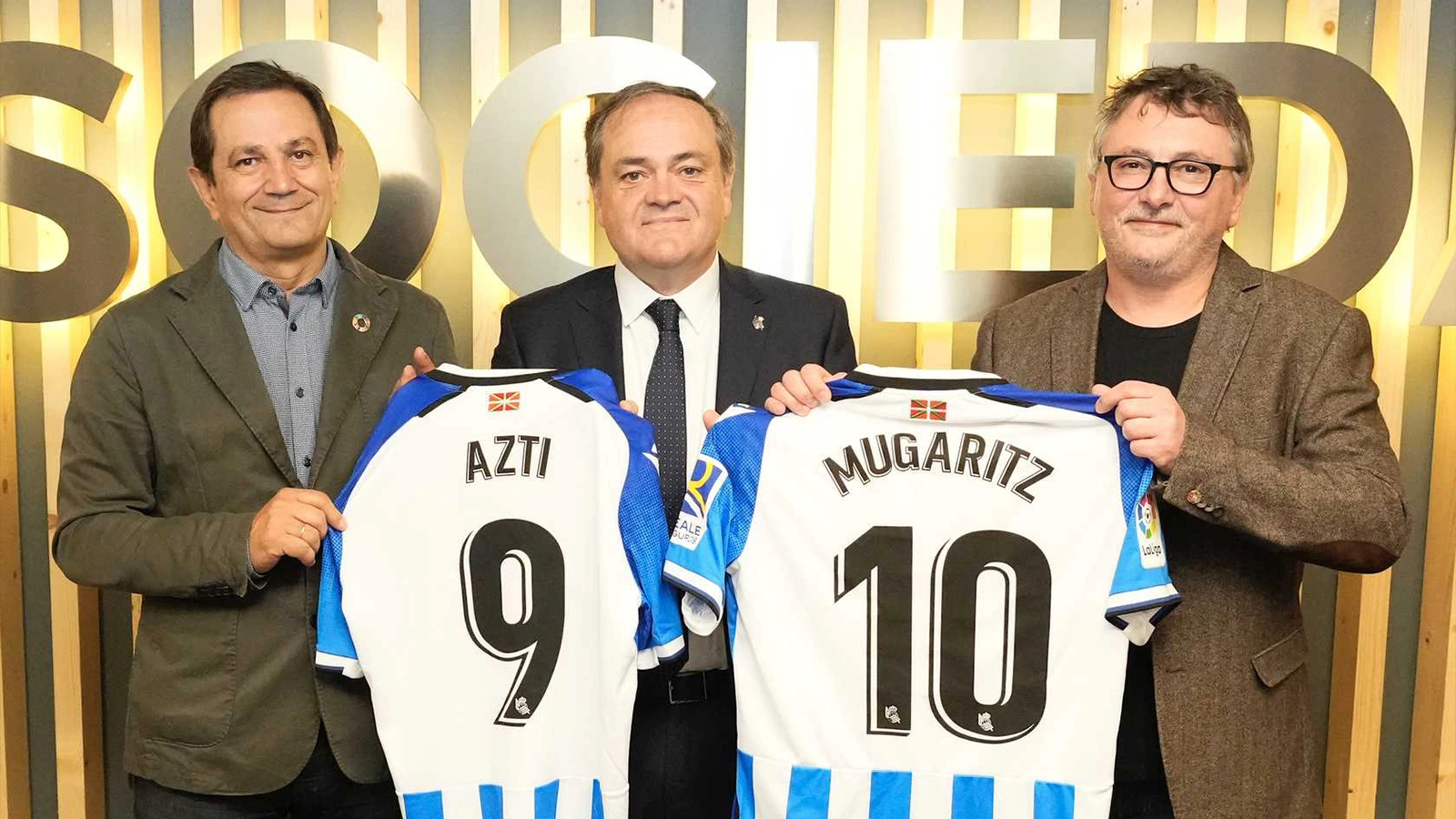
Real Sociedad, Mugaritz and AZTI team up to innovate in sports nutrition
In 2005 we knocked on the door of AZTI, a scientific and technological centre specialising in the marine environment and food, to go a step further in our relationship with scientific research. Some years later, we formed an alliance with them and Real Sociedad to innovate in sports nutrition. The role of Mugaritz was to create a health culture and develop new products aimed at satisfying the nutritional needs of the footballers, which also incorporated a gastronomic perspective.
20 22
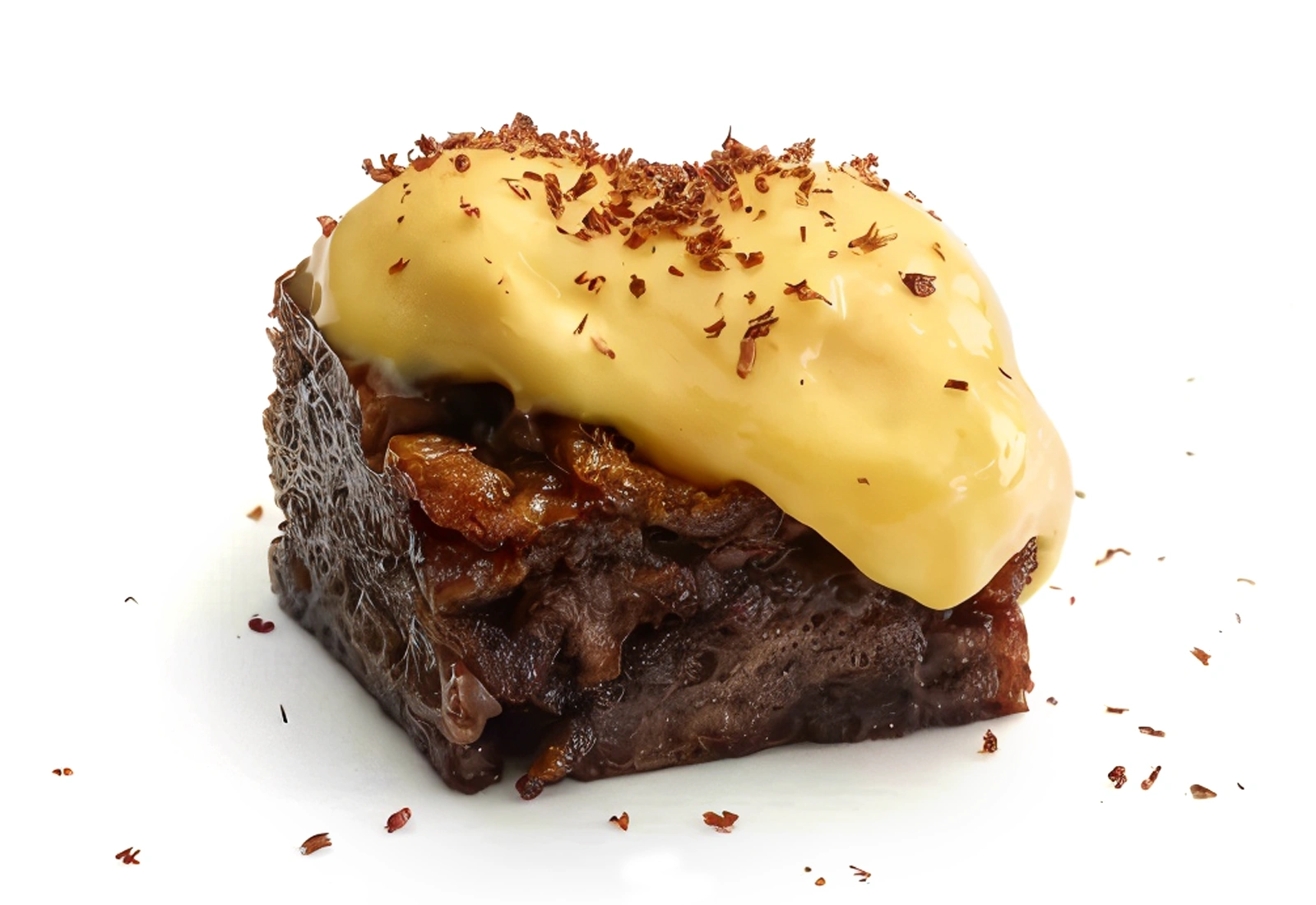
Animal cake
In our search for new textures we came across soaked pork skin, which was similar to that of a sponge cake soaked in alcohol, and from there we tried to draw a comparison with tiramisu.
20 20
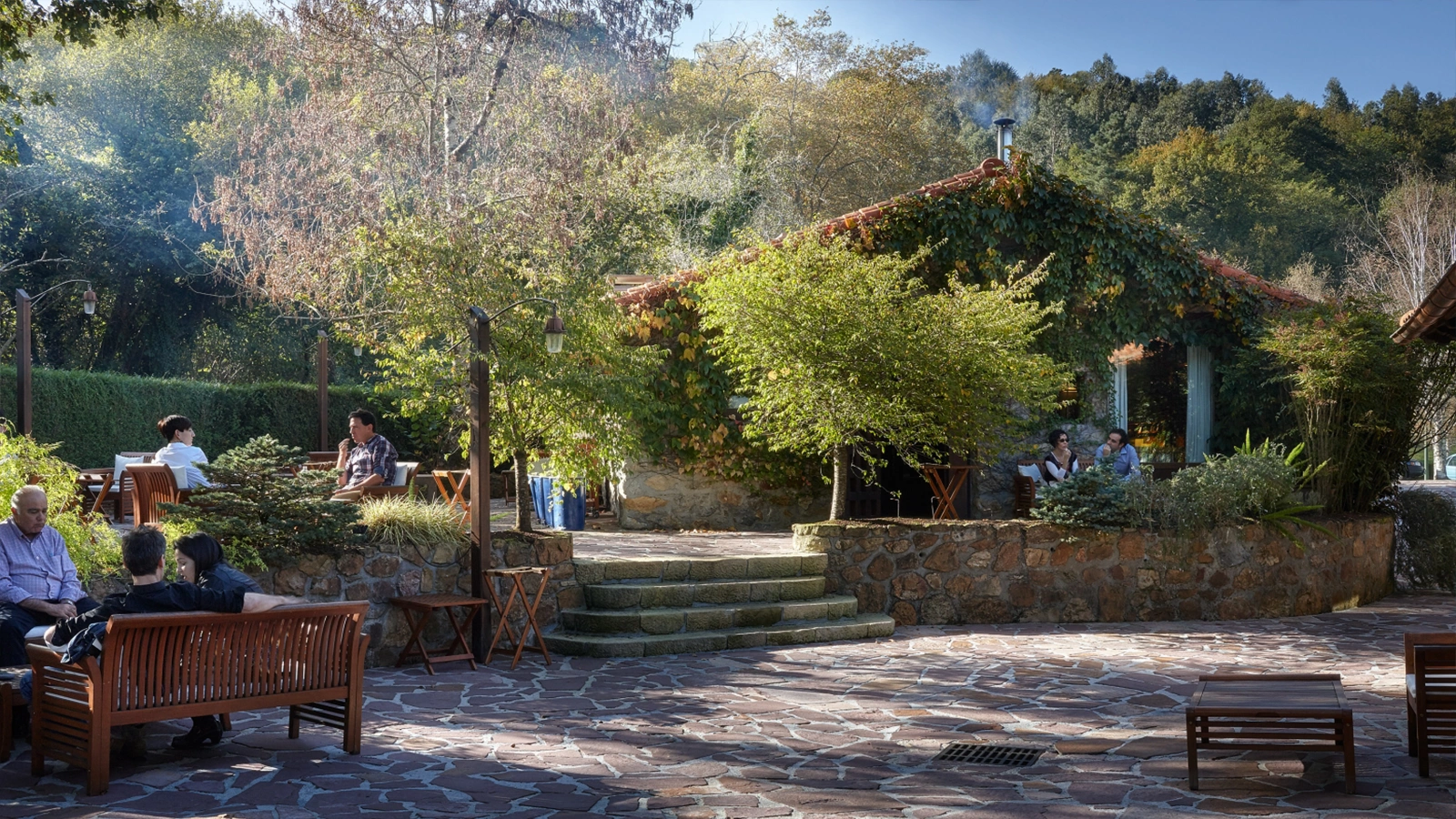
Mugaritz transforms pandemic uncertainty into creativity with its La Casa en el Árbol (Tree House) project
Mugaritz is synonymous with a constant commitment to creativity. The turbulent times we had to live through, forcing us to stop and reflect, served to confirm what we were and what we wanted to continue to be: a space for searching. With a metaphorical tree house as a joint refuge, we shared challenges and exercises with our community, with the desire to provide a different way of looking at this new reality. Finally, Mugaritz reopened its doors in July with the intention of being more Mugaritz than ever.
20 20
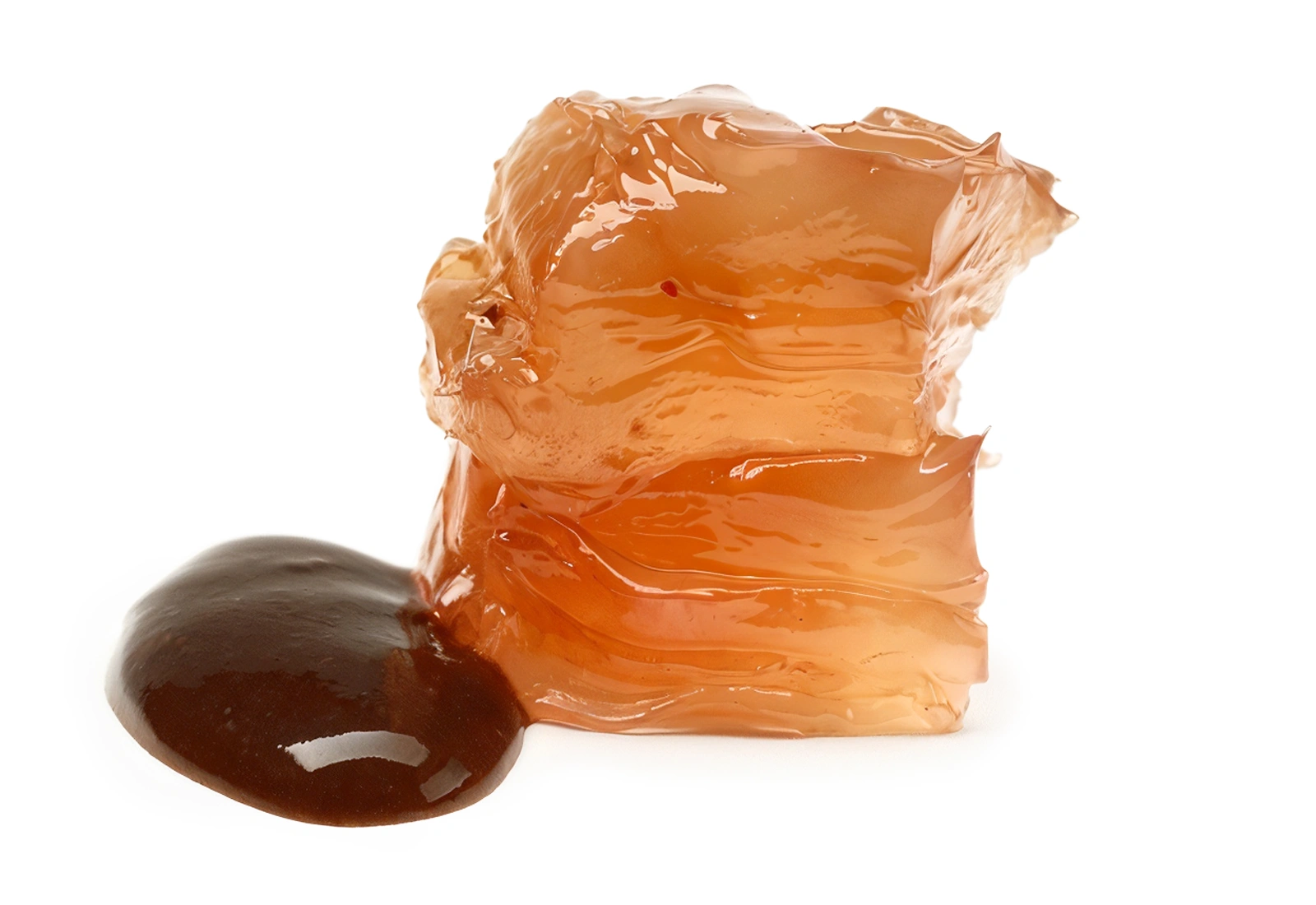
Mother Scoby
We are interested in the things that are almost never used in kitchens. In this case, what grows on top of kombucha and is known as SCOBY (Symbiotic Colony Of Bacteria and Yeast) or “mother”. It starts out as a thin film, but gradually fattens up until it takes on body, arms and legs.
20 19
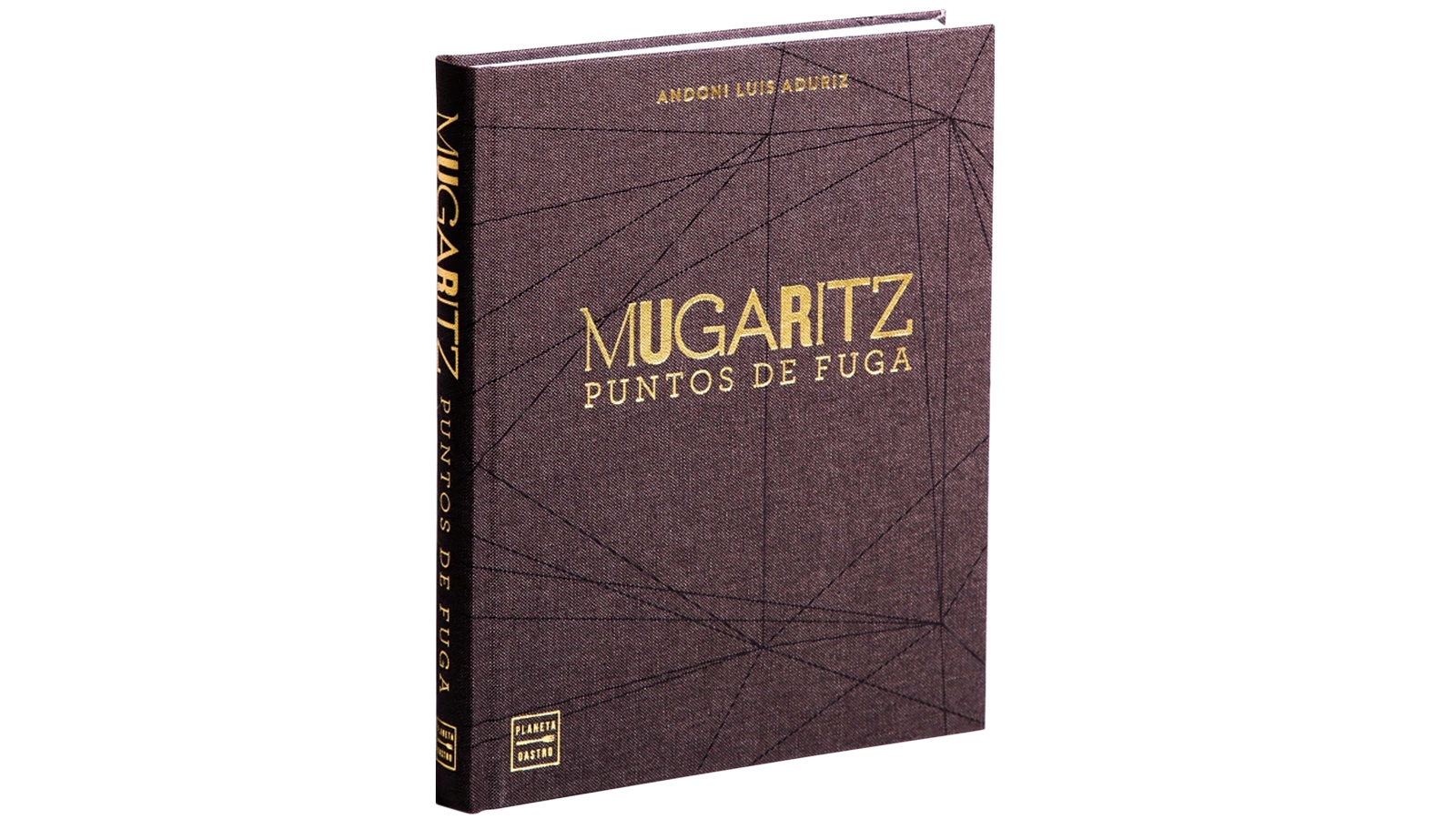
“Puntos de Fuga” (“Vanishing Points”), a book that promotes the shaking up of gastronomy based on creativity
A new Mugaritz publication saw the light of day: “Puntos de Fuga”. In these 294 pages, Andoni Luis Aduriz tells how he experiences cooking and how he makes creativity the key ingredient to inspire, surprise and provoke. After 21 years walking our own path and questioning the limits of gastronomy, we wanted to offer our readers stories about the world we inhabit, translating into words this creative ecosystem’s particular way of being and doing.
20 19
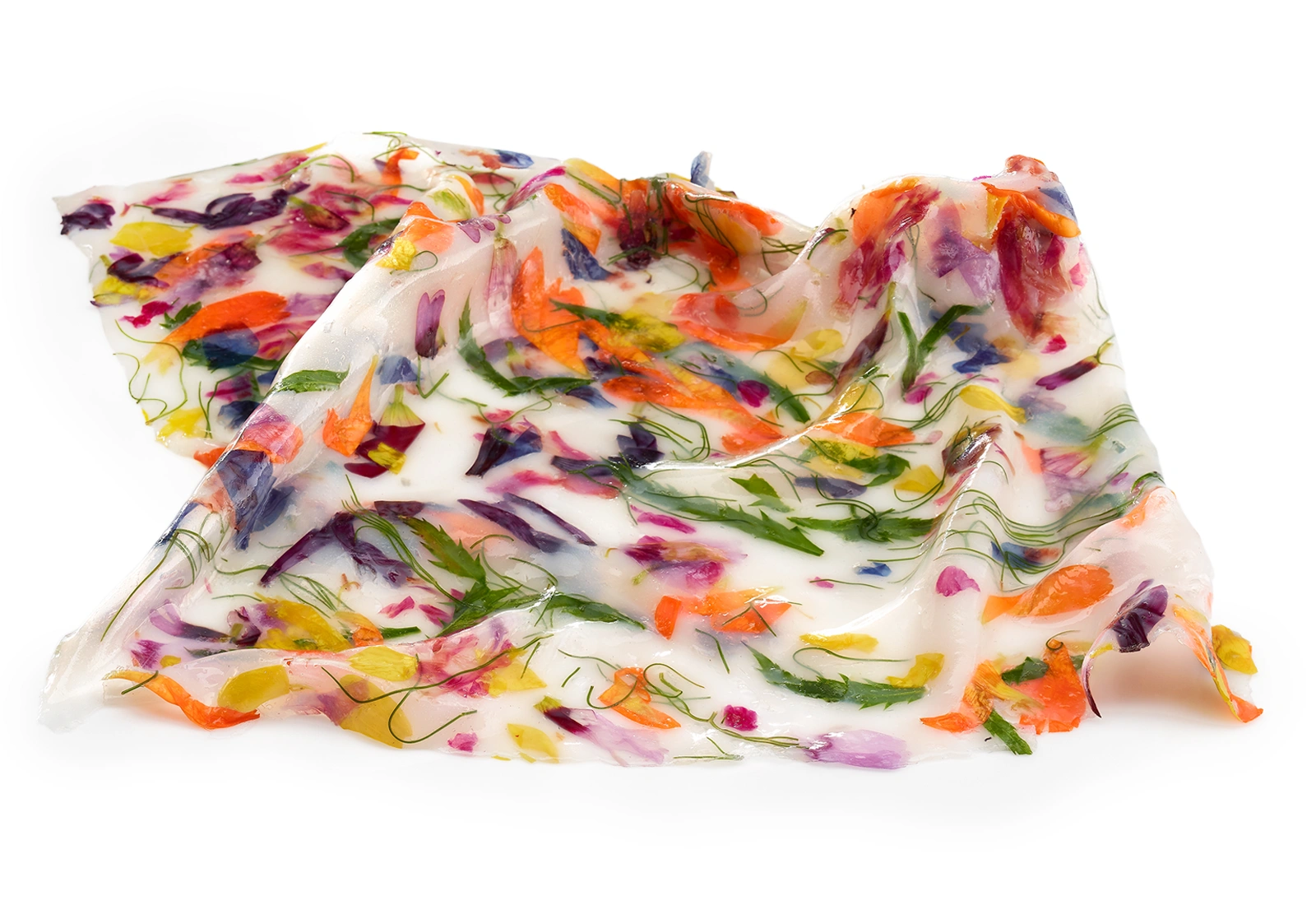
Suspension, squid silk
The gesture of trapping nature, of suspending it in time. The desire to preserve it as it was that day, to keep its colours alive. To fix it at its best, to stop its decay, knowing that it is impossible.
20 16

Loreak Mendian presents a clothing collection inspired by Mugaritz
The relationship between Mugaritz and Loreak Mendian arose from their common creative and innovative spirit, and from shared values, such as escaping from the established path, collaborating with other disciplines, and their ability to be open to the world without losing sight of their origins. A collaboration between the two was a logical step and took shape in a clothing collection composed of three prints inspired by three of our creations. This union was additional proof of our eagerness to make further explorations into the world of science.
20 16
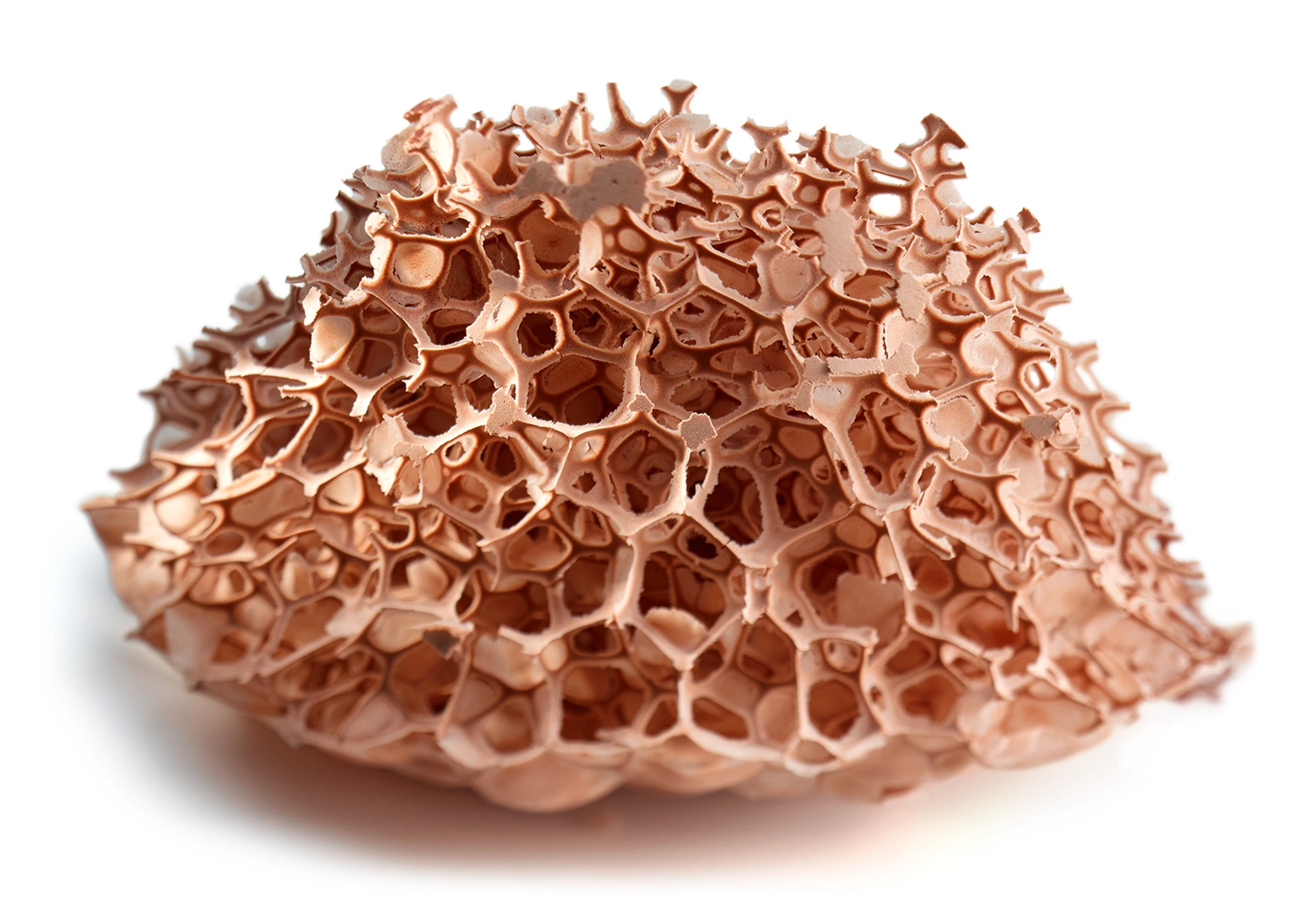
Dried hydrangea of cocoa
We were obsessed with the challenge of representing vanity by creating the biggest bubbles we could control, and to do so we once again turned to science. The solution came from Japanese chef Seiji Yamamoto, who suggested we inflate our bubbles with one of those motors that create bubbles in aquariums. Not content with that, we wanted to go further, freeze-drying the bubbles, which made them practically eternal while at the same time taking their fragility to a new extreme.
20 14
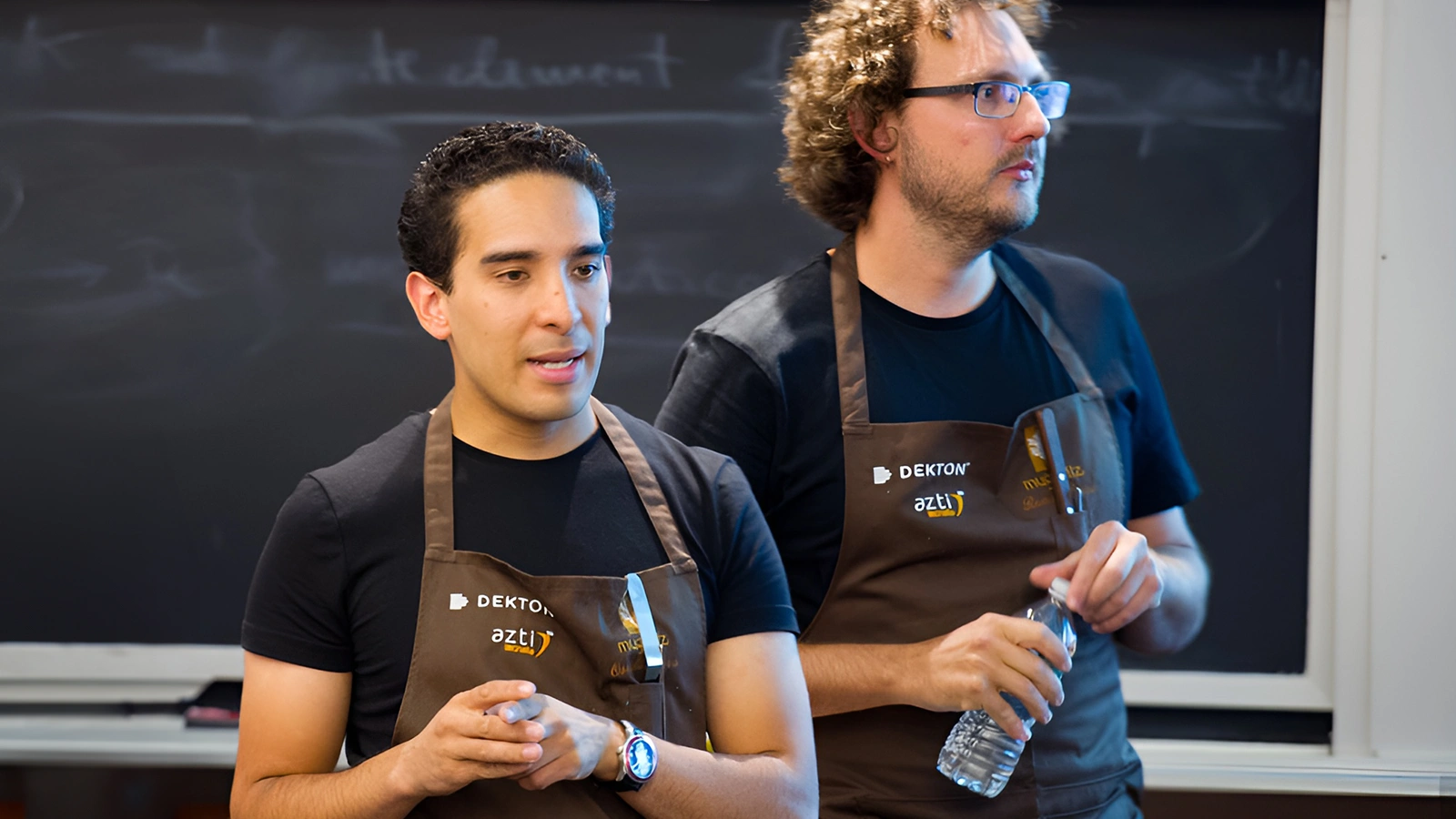
Mugaritz presents its creative process to students at the Massachusetts Institute of Technology (MIT)
In 2014, members of our research team visited the Massachusetts Institute of Technology (MIT) in Boston (USA) to explain the creative process employed at Mugaritz. In addition to presenting examples of our cuisine, they asked attendees to lick a piece of paper and say whether it tasted bitter, which some said it did, while others didn’t. The paper contained a compound called PTC (or phenylthiocarbamide) that only 70% of people are able to taste, demonstrating that each diner’s experience can be different.
20 14
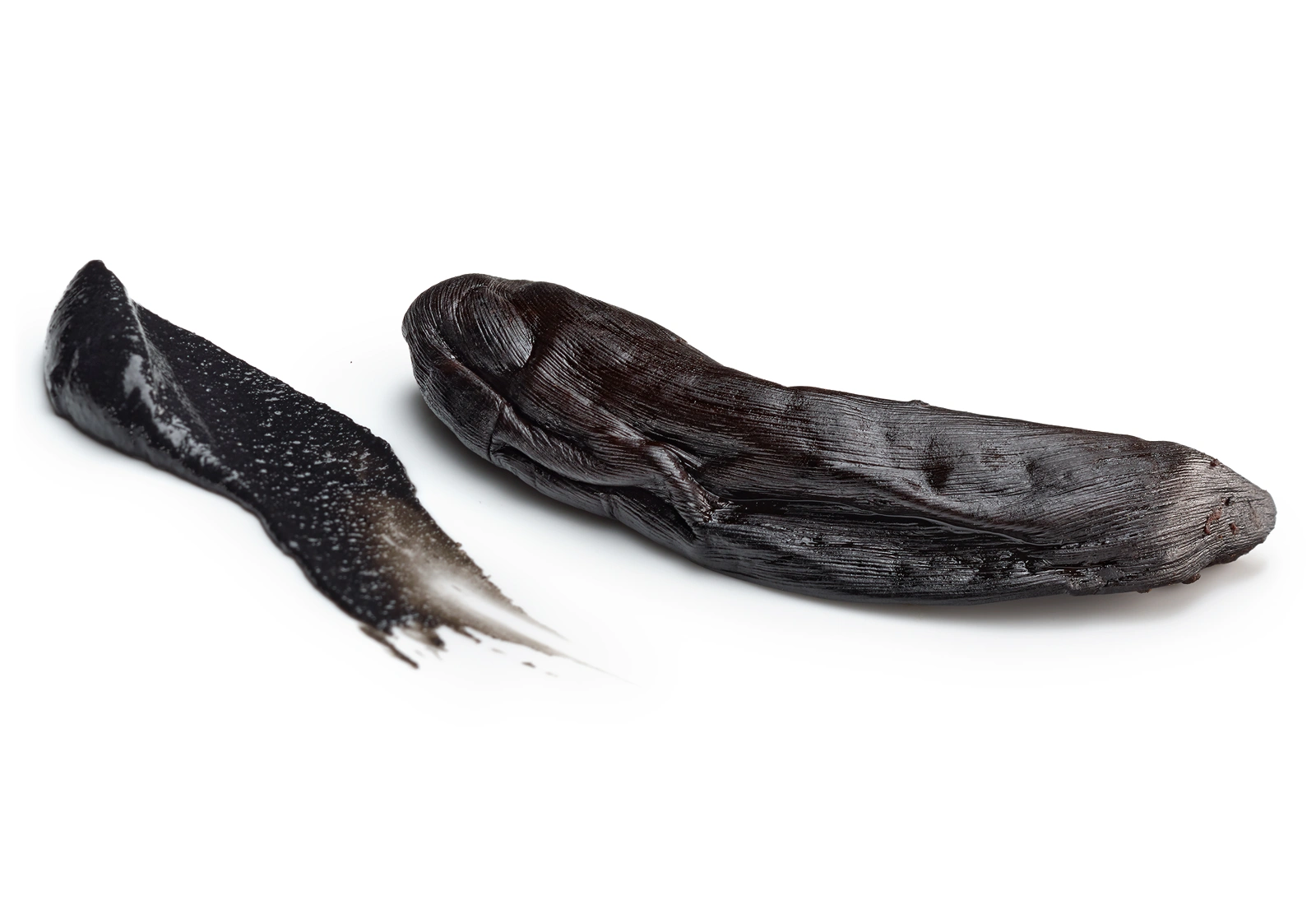
A black banana with shrimp paste
This year, thanks to a Korean member of our team, we had access to a black garlic fermentation machine for the first time. The only instructions we had was that we could only put foods that grow under the ground in it. In an act of rebellion, we decided to put in a banana, and it came out completely black. Thanks to Azti we discovered that the banana had actually undergone a caramelization rather than a fermentation process, which opened up an infinite range of possibilities for us to explore.
20 13
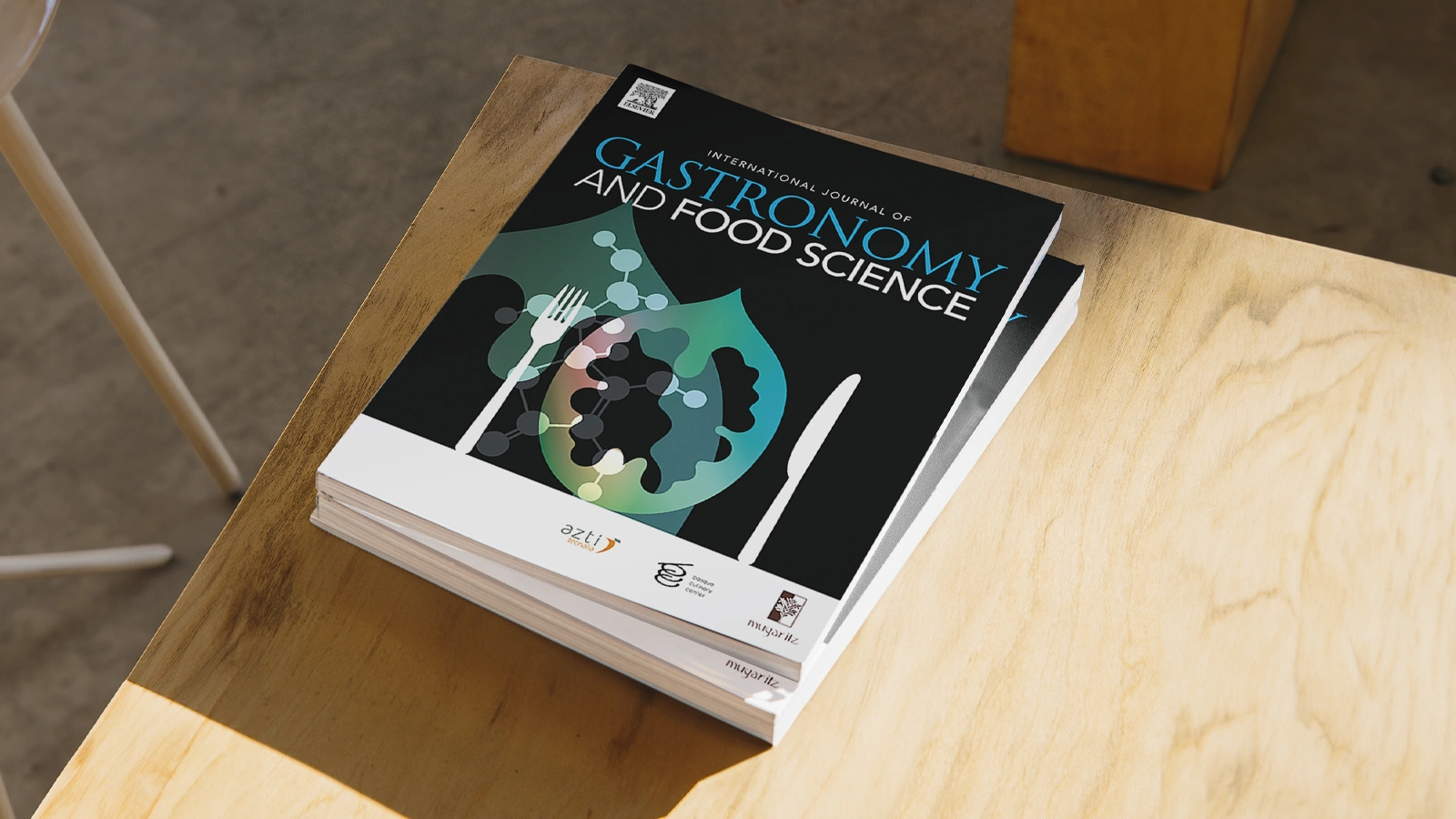
“International Journal of Gastronomy and Food Science”, the first international scientific publication that combines gastronomy and science
Promoted by Mugaritz and AZTI-Tecnalia, the “International Journal of Gastronomy and Food Science” was created, a communication platform and point of reference for chefs and scientists from all over the world. Some years later, the Basque Culinary Center joined as a promoter. This publication brings together different specialities such as art, humanities, sociology and neuroscience where these relate to and interact with gastronomy. Our intention was to properly capture the historical-gastronomic legacy of cuisine and the novelties that arise in cooking.
20 13
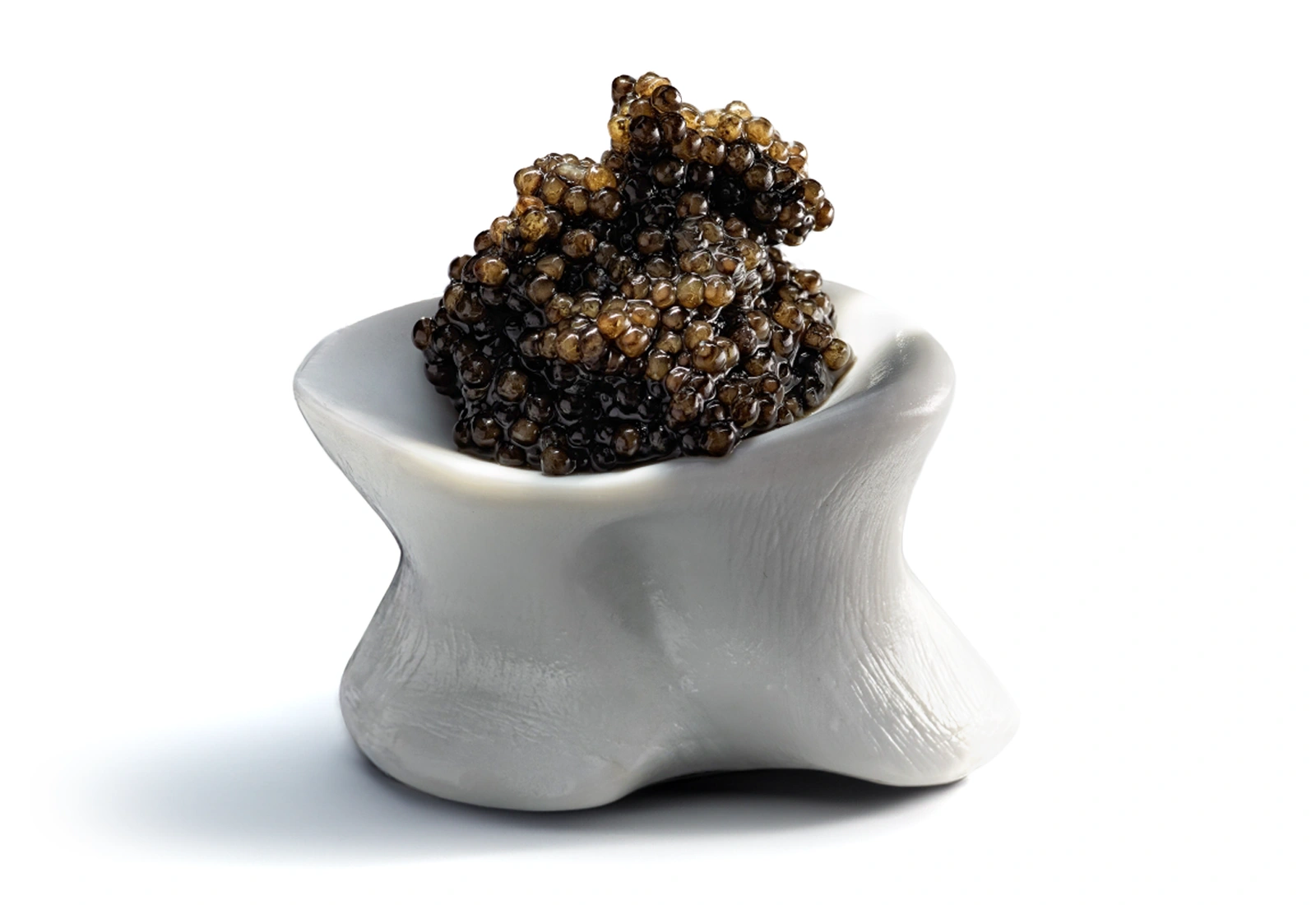
Poultry Royale, game of Astragals Royale
In the game we proposed playing in the dining room with this dish, which we christened Tortoloxak (the Basque for “knucklebones”), the luck and cunning of just one diner per table was rewarded with caviar, placed on a porcelain knucklebone created expressly by artisans from Arita (Japan) for this culinary performance. You don’t play with/without food.
20 10
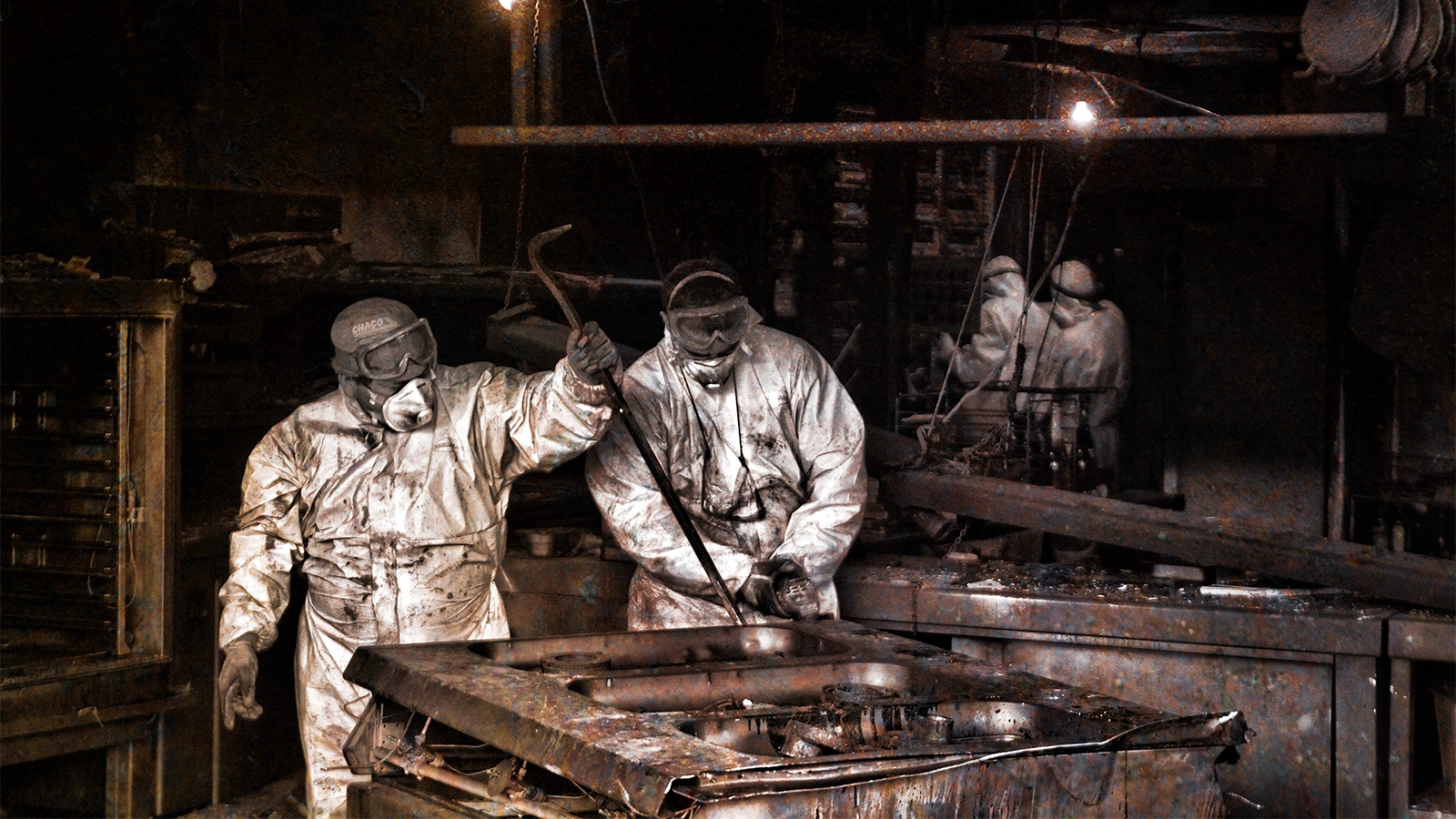
A fire razes Mugaritz to the ground, but symbolises the start of a new era: Mugaritz decides from then on to close for a lengthy period of the year to devote itself to creation
On 15 February, the Mugaritz kitchen was burnt to the ground. A short circuit led to the destruction of the kitchen and part of our dining room. The reconstruction of both spaces forced us to stop and, for the first time, to dedicate whole months to thinking exclusively about our creative work. From that moment on, we established what we call a “period of creativity” which involves setting aside six months every year (between November and April) to address the challenge of creating a new season, almost from scratch.
20 10
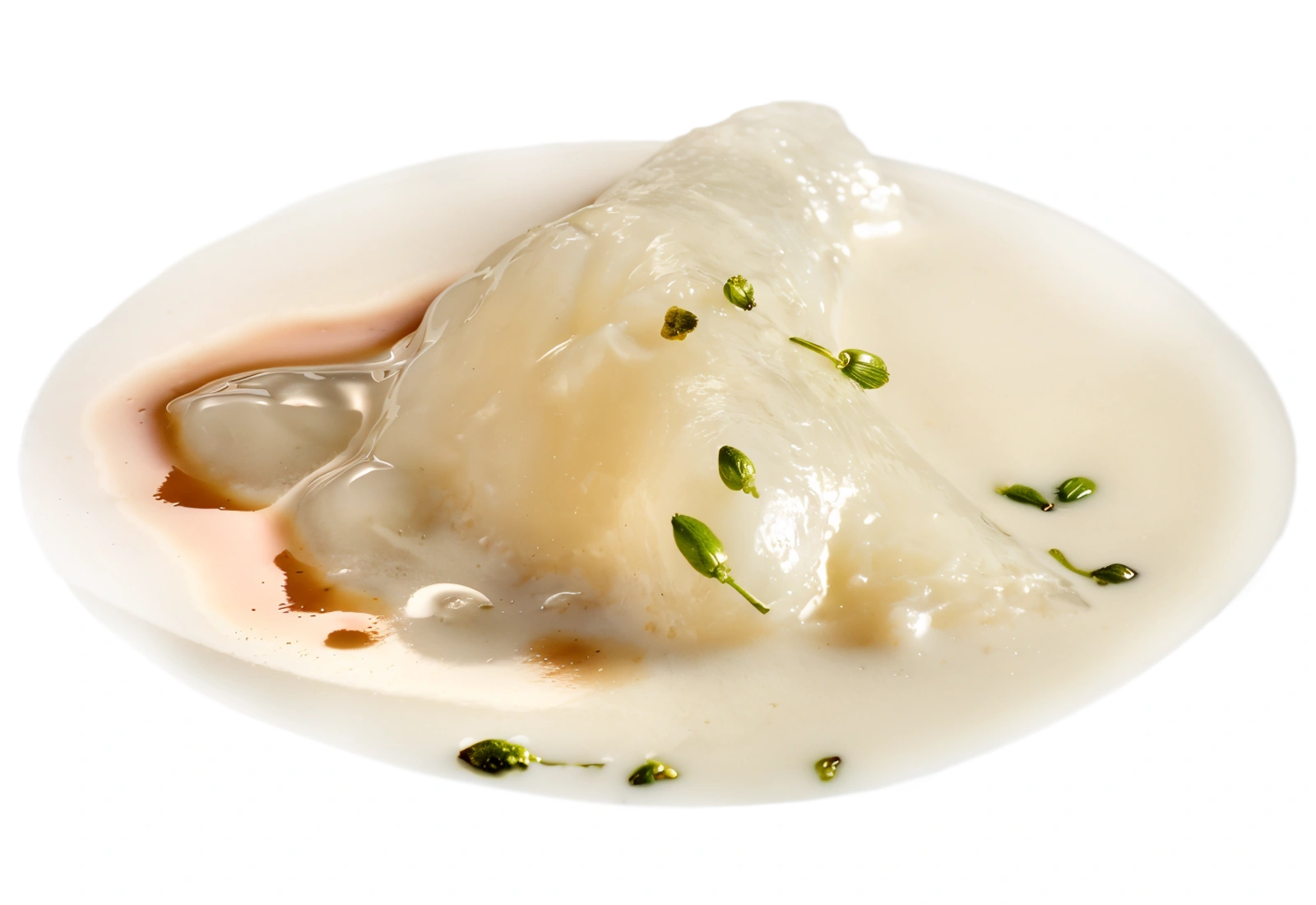
Over a gelatinous pine nut cream, glutinous cod fish and mastic resin
Cod has been one of our favourite products since the beginning. This particular dish was the winner of the Giraldo National Prize for the best cod dish.
20 09
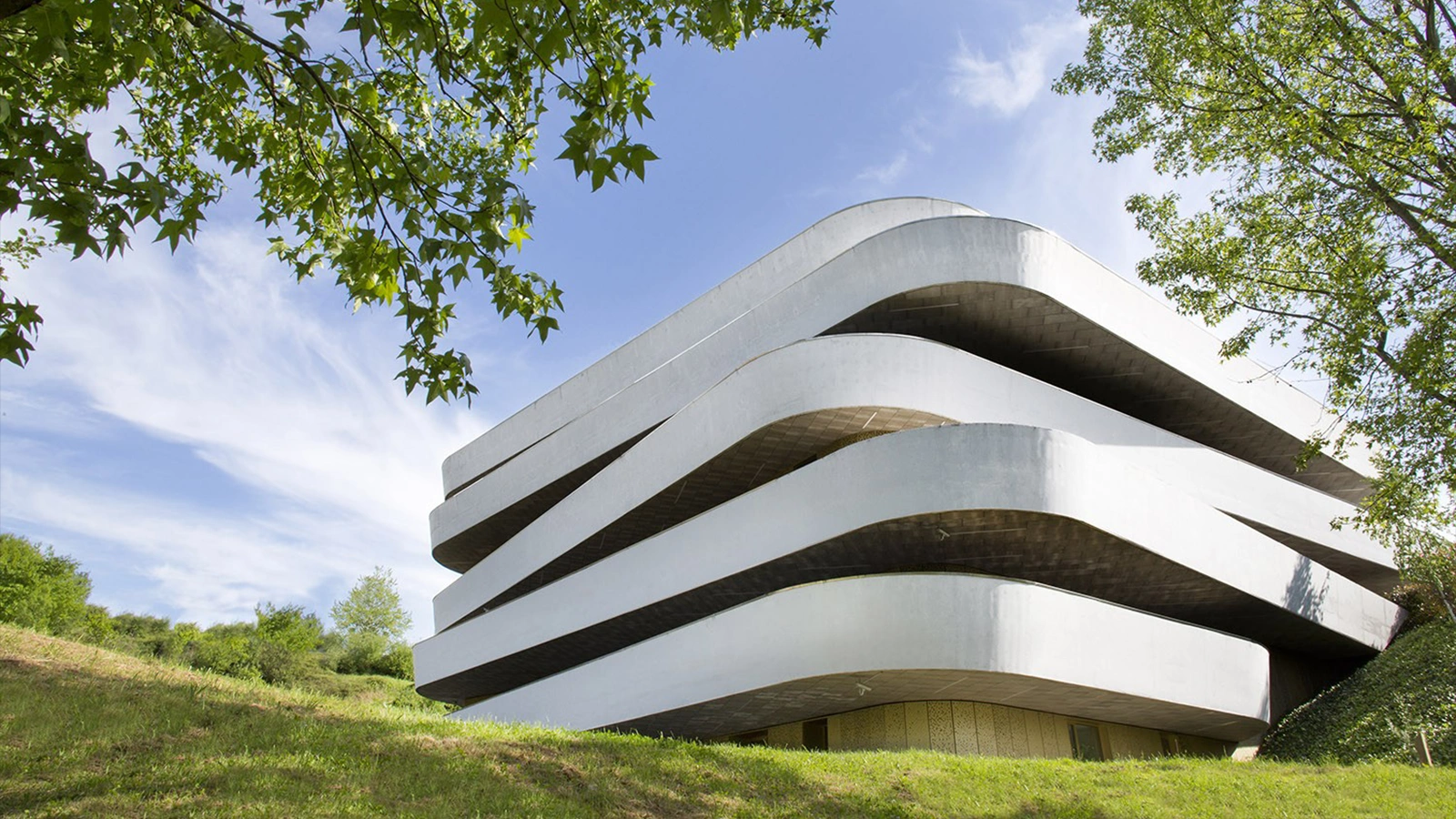
Andoni Luis Aduriz, Founding patron of the Basque Culinary Center
Andoni Luis Aduriz is a founding patron of the Basque Culinary Center. A university based in Donostia-San Sebastian, which was founded in 2009 as an ambitious project involving training, research and innovation aimed at the development of the gastronomic sector, with a clear international orientation and following the principle of linking cuisine with management, science and other disciplines.
20 09
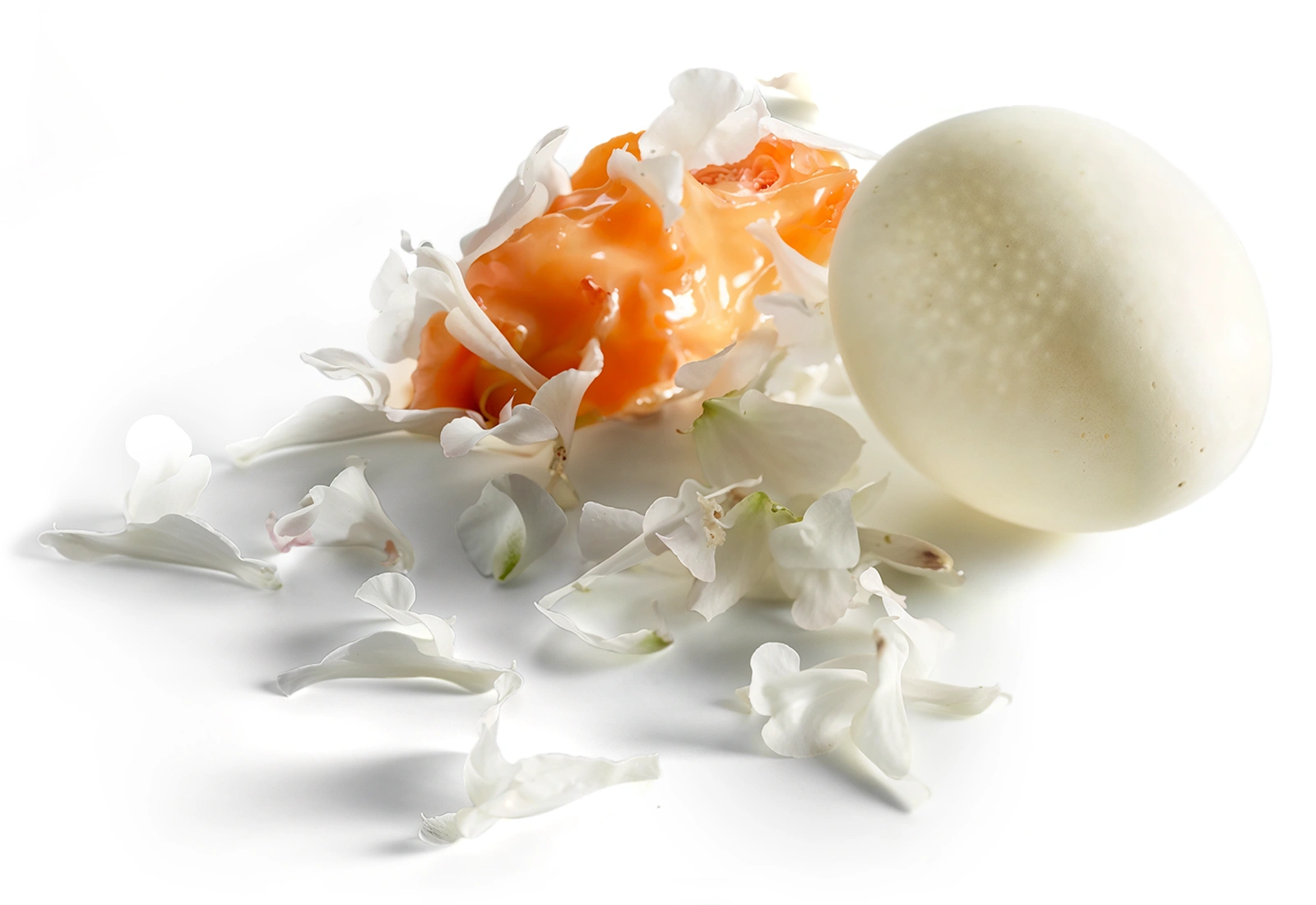
The broken egg, the cool yolk and the white flowers
The perfect cooking of an egg was one of the obsessions of Mugaritz for a long time. Reaching that level of knowledge allowed us to serve the shell of an empty egg, thanks to silicone moulds and a sweetener known as mannitol. When, in 2014, MIT (Massachusetts Institute of Technology) invited us to their classrooms, it was this technique that we chose for our presentation. Months later, Pedro Reis, a researcher from the same institute, told us that he and his team of researchers had been inspired by Mugaritz’s broken eggs to develop solutions to problems similar to the one we had faced.
20 07
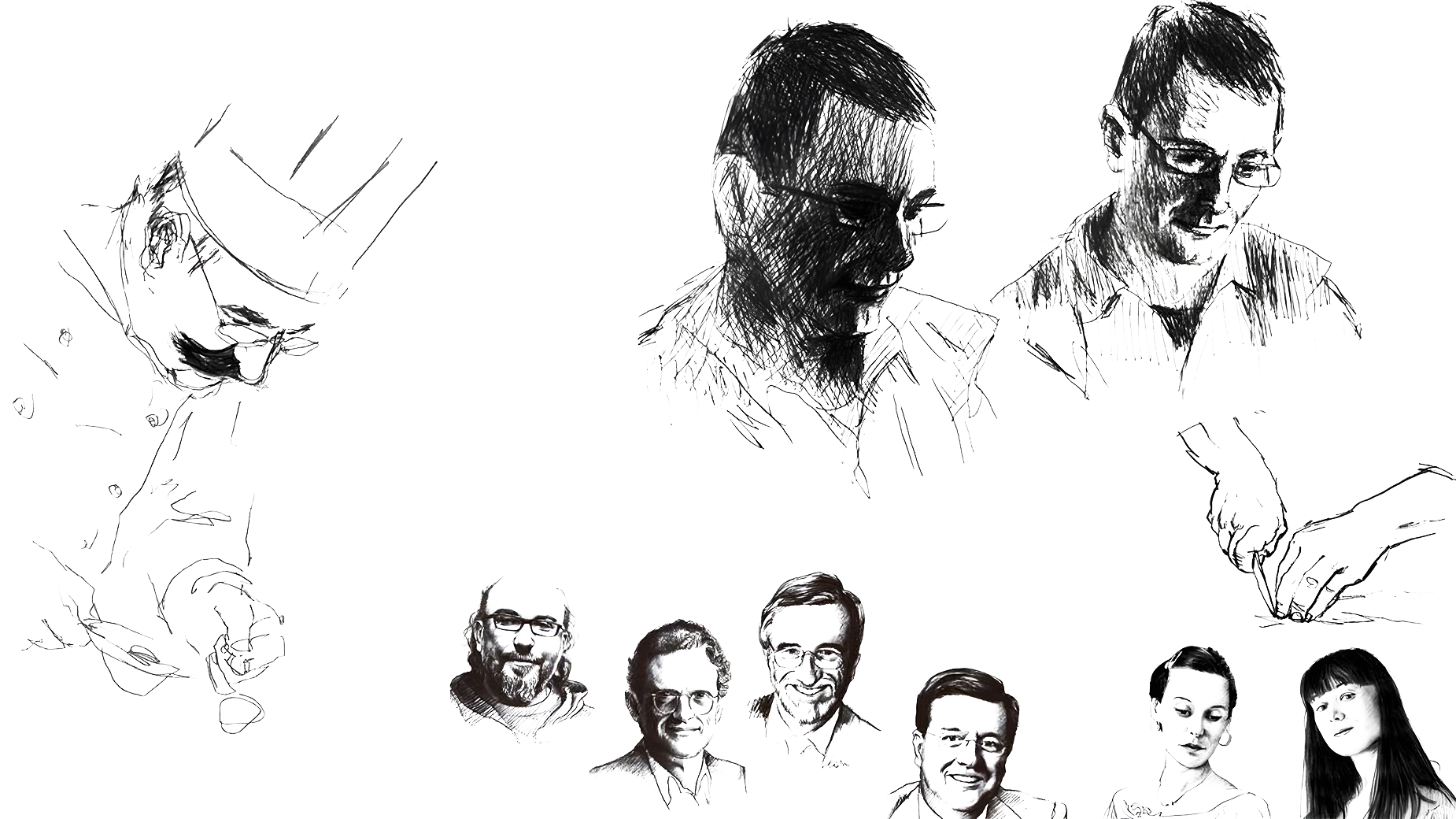
Diálogos de Cocina was established, a biennial international congress that seeks to build new bridges of multidisciplinary knowledge
Diálogos de Cocina, an interdisciplinary meeting that reflects on cuisine and generates creative synergies that enrich the gastronomy sector, has been held every two years since 2007. It was conceived by Andoni Luis Aduriz and initially organised by Euro-Toques and Mugaritz, the Basque Culinary Center joining some years later. For two days, chefs, scientists, doctors, poets, writers, philosophers and even hackers and DJs share their thoughts in order to find answers or generate new questions and accelerate debates within gastronomy and beyond its boundaries.
20 07
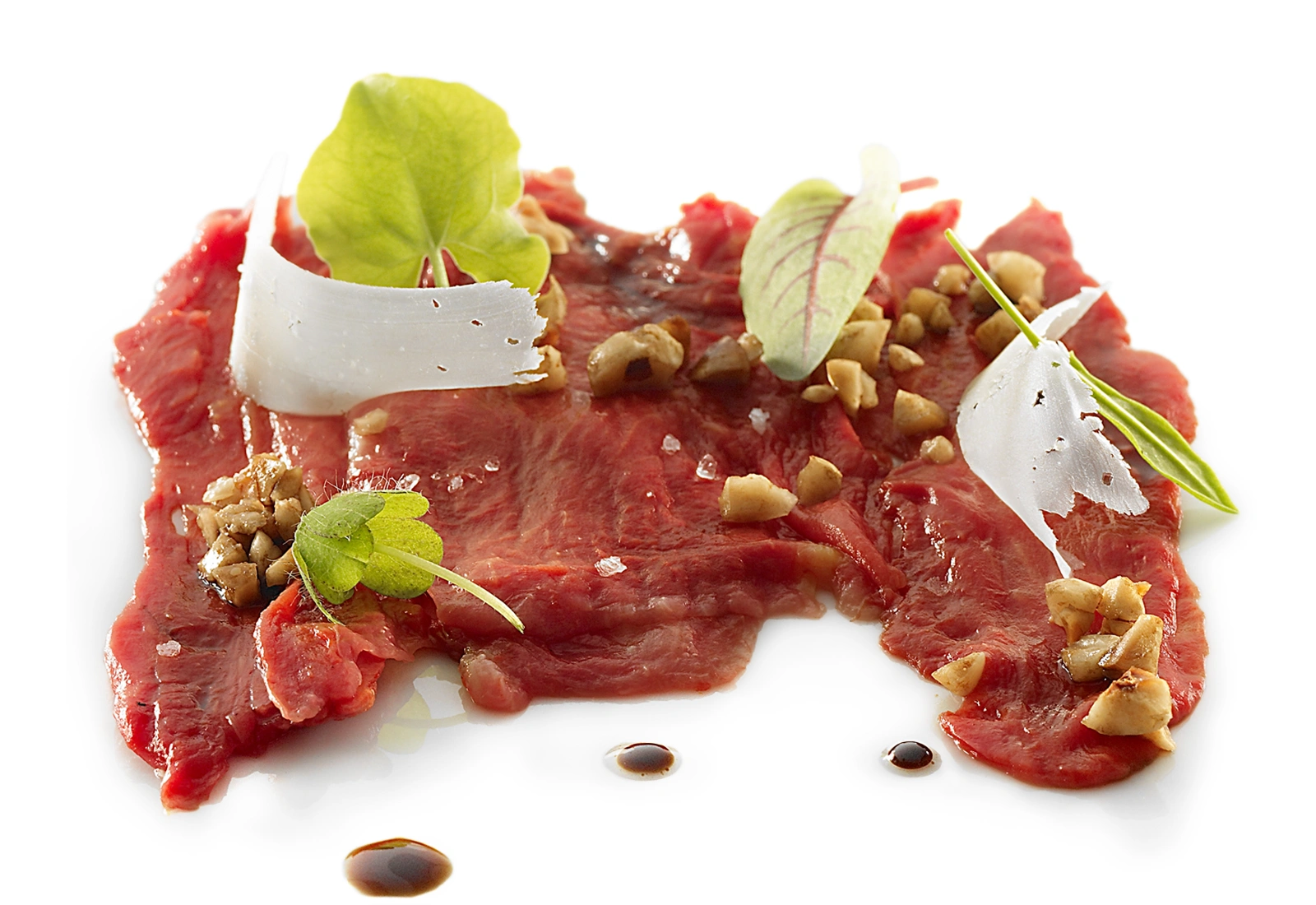
Vegetable carpaccio accompanied by a sweet and sour dressing, D.O. Idiazabal cheese shavings and vegetable splinters
This dish is the result of a reflection and a supposed mistake. We were reflecting on how some vegetables change their flavour when cooked and we wanted to apply this transformation to the world of fruit. One day, experimenting with watermelon, we left it in the oven and forgot about it, only taking it out later when we remembered. When Andoni arrived, he told us off for leaving the meat out of the fridge. That’s how this fake carpaccio, our vegetable carpaccio, came about.
20 06
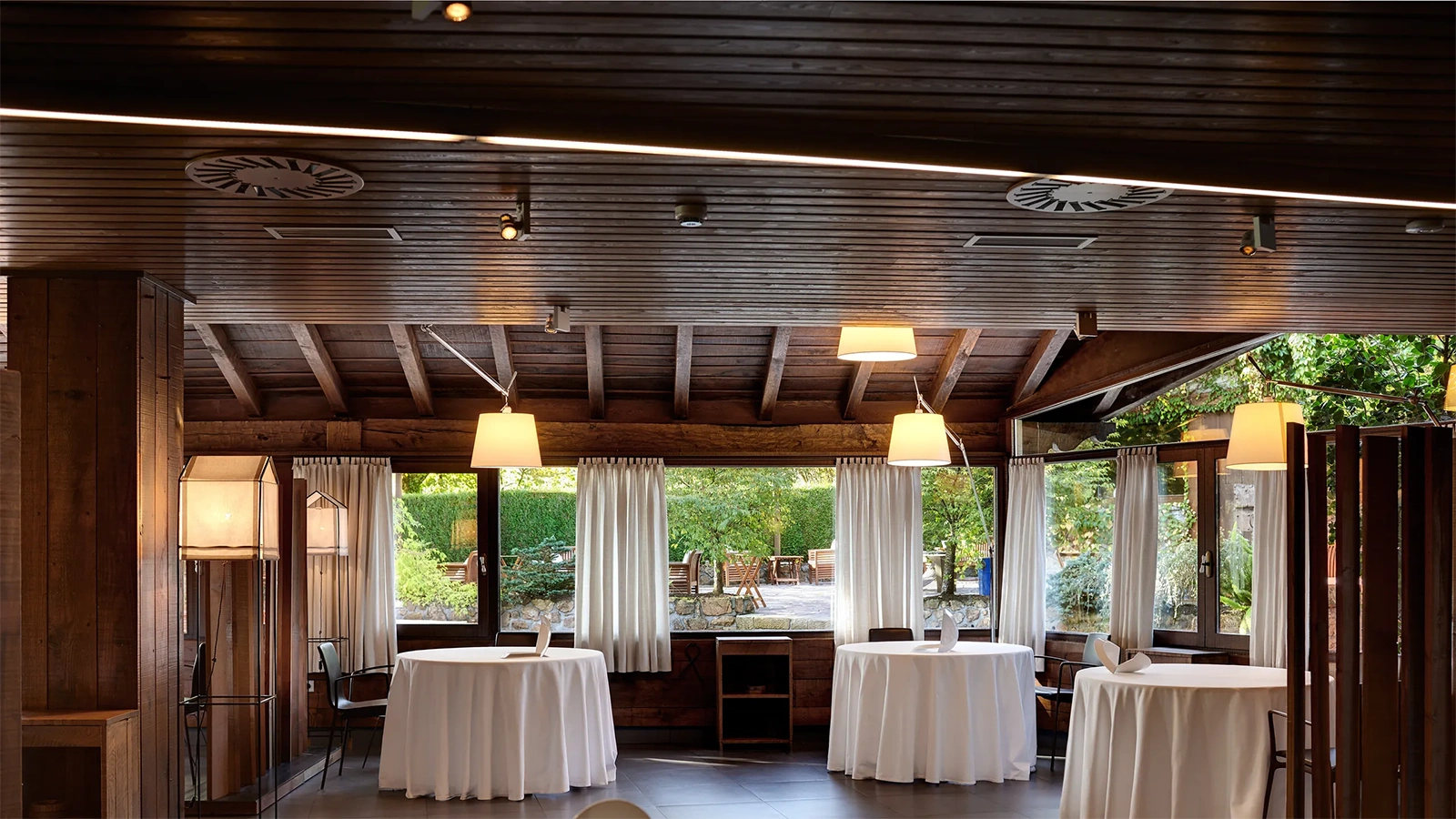
Mugaritz is chosen as one of the ten best restaurants in the world according to The World’s 50 Best Restaurants list
Since 2002, the publishing company of the London-based Restaurant Magazine has published a list of the 50 best places to eat in the world every year. The competition, “The World’s 50 Best Restaurants”, is backed by a jury made up of 806 professionals from all over the world, including journalists, food critics, writers, editors and commentators. Mugaritz entered the list in 2006, positioning itself directly in the top ten. Mugaritz has been the only establishment considered to be among the ten best restaurants in the world for 14 consecutive years.
20 06
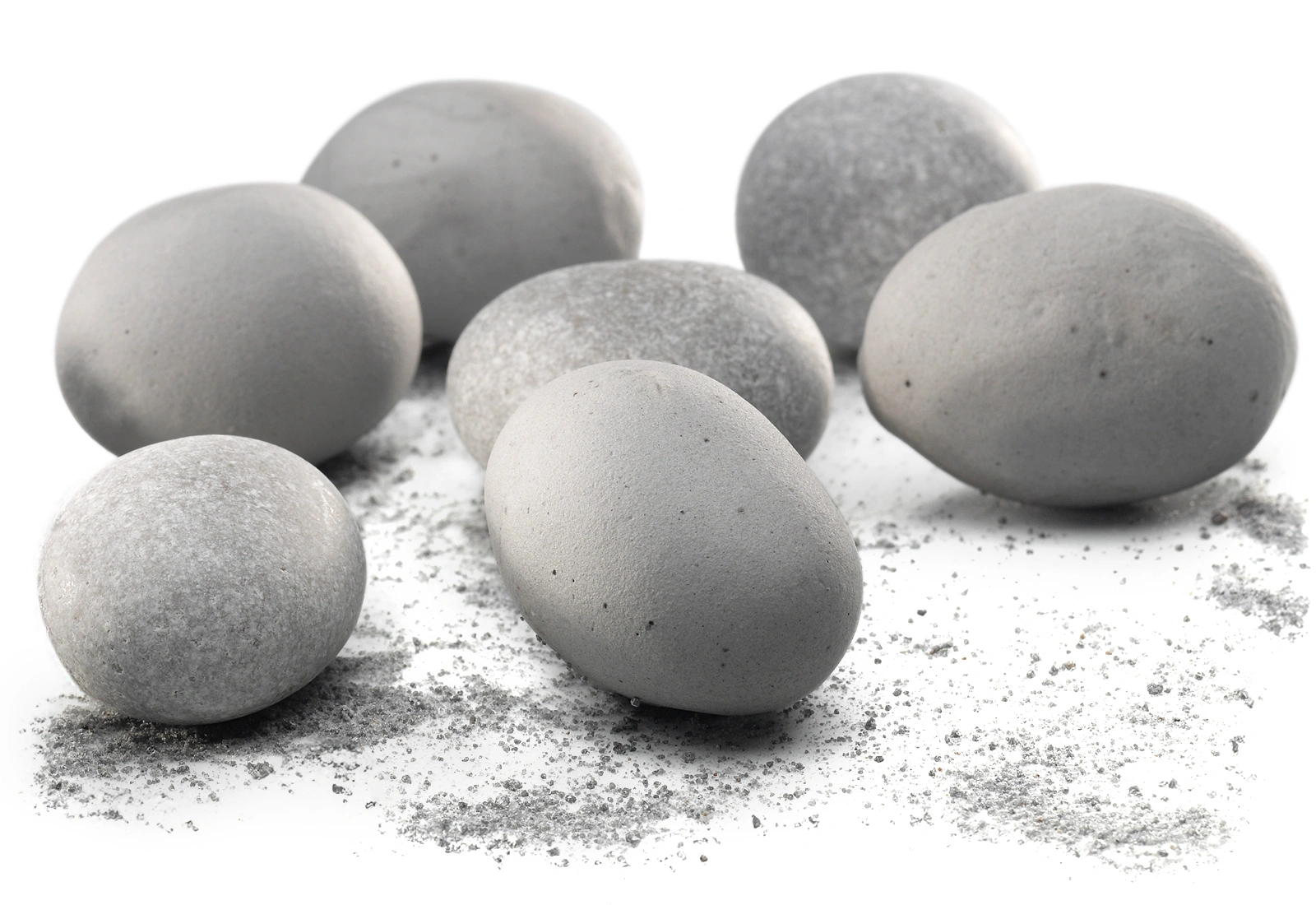
Edible stones
This was our first trompe l’oeil. An impossible but universal game: eating stones. To turn potatoes into stones, we brought kaolin and lactose into our kitchen, two ingredients that were unknown until then in gastronomy and that have never left us since.
20 05

Mugaritz receives its second Michelin Star
As defined by the organisation itself, a MICHELIN Star is an accolade “that we award to restaurants that offer exceptional cuisine. In doing so, we take into account five criteria, which are always the same, wherever the restaurant is located: quality of the ingredients, harmony of flavours, mastery of technique, the chef’s personality expressed through his or her cuisine and, no less important, consistency over time and of the proposal as a whole”. In 2000 we were awarded our first star and, five years later, we were awarded the second.
20 05
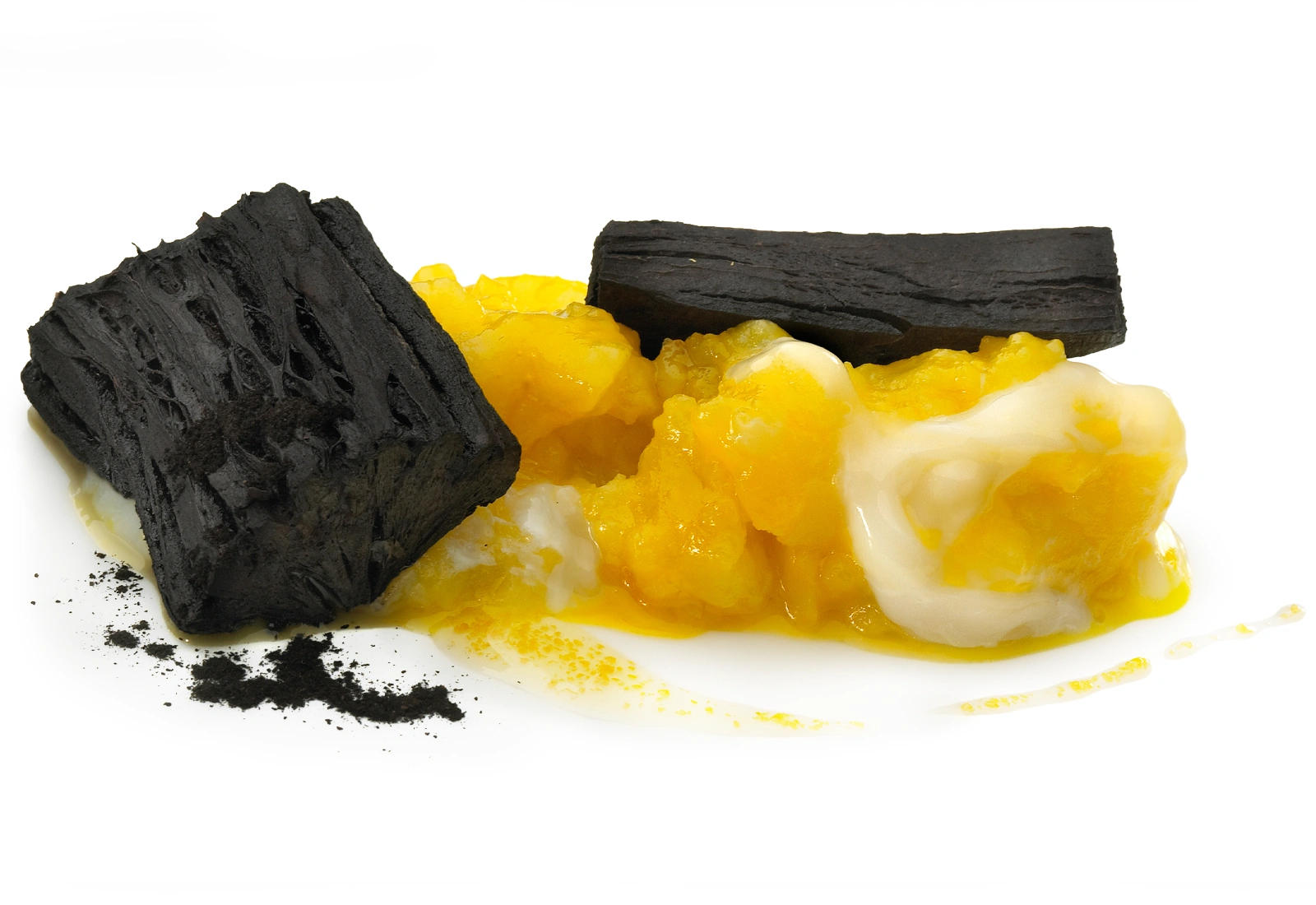
Crushed potatoes, broken eggs and vegetable coal with garlic “caesin” dressing
During this year we carried out more in-depth work with natural pigments, natural dyes extracted from vegetables: the chlorophyll of plants, the pigments of carrots, etc. We succeeded in making a fake charcoal with yucca and we worked in partnership with a company to obtain black dyes from carbonised vegetables. At first we put the vegetable charcoal in a kind of salad, but following the advice of the renowned Italian food critic Bob Noto, we changed to serving it on a potato base.
20 04
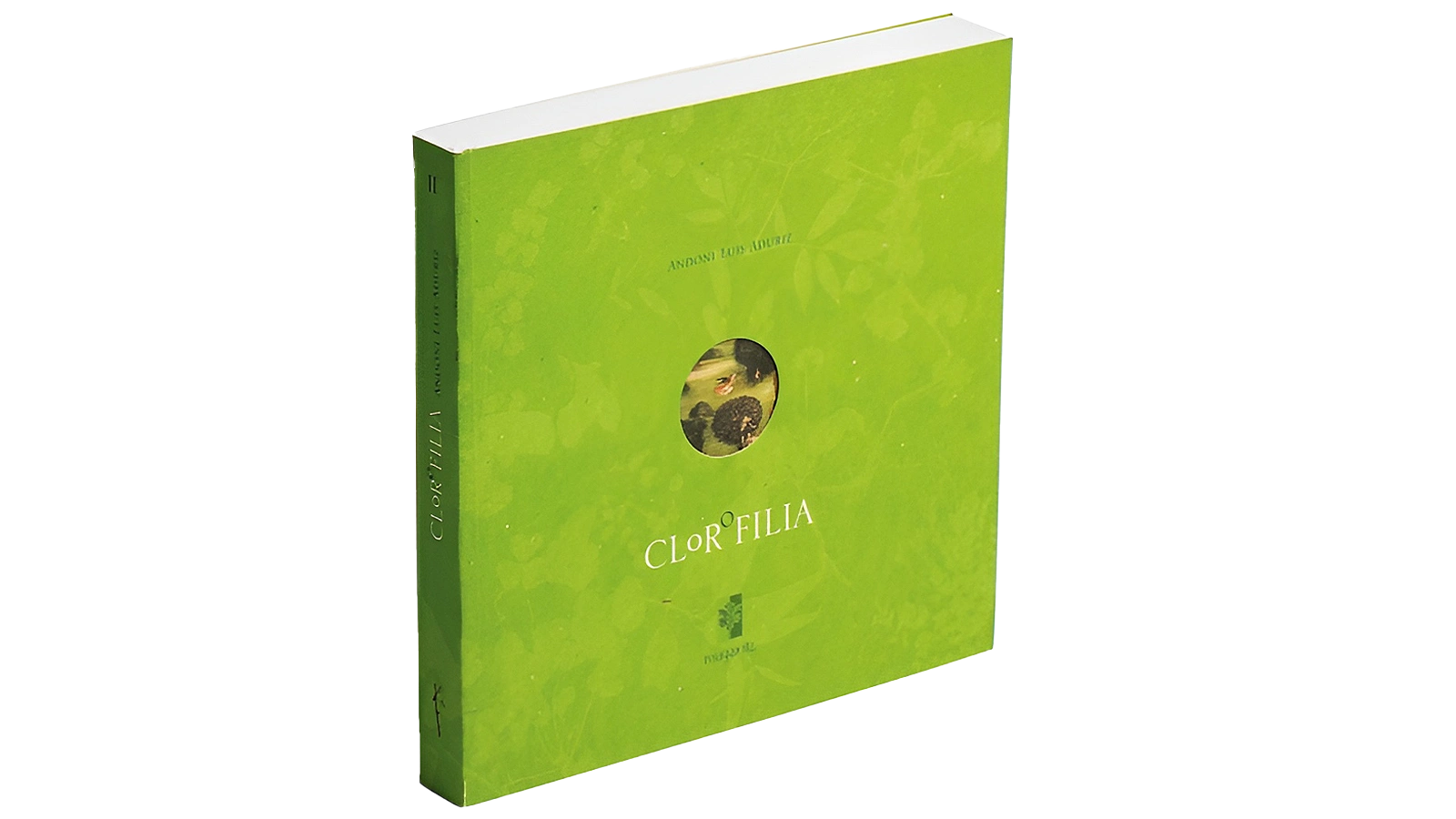
Publication of “Clorofilia”: Mugaritz publishes its own books to spread its know-how
There was a time when our elders did not distinguish between gastronomy, pharmacopeia and magic. They gave names to everything that was useful to them in life, including plants whose qualities made them curative, terrible poisons or simply delicious. As a result of the domestication of the plants by means of agriculture, that close relationship between humans and nature has been partially destroyed. In this Mugaritz publication we have recovered a selection of 50 wild plants, and we offer an original cookbook, which modestly aims to begin a new dialogue with chlorophyll.
20 04
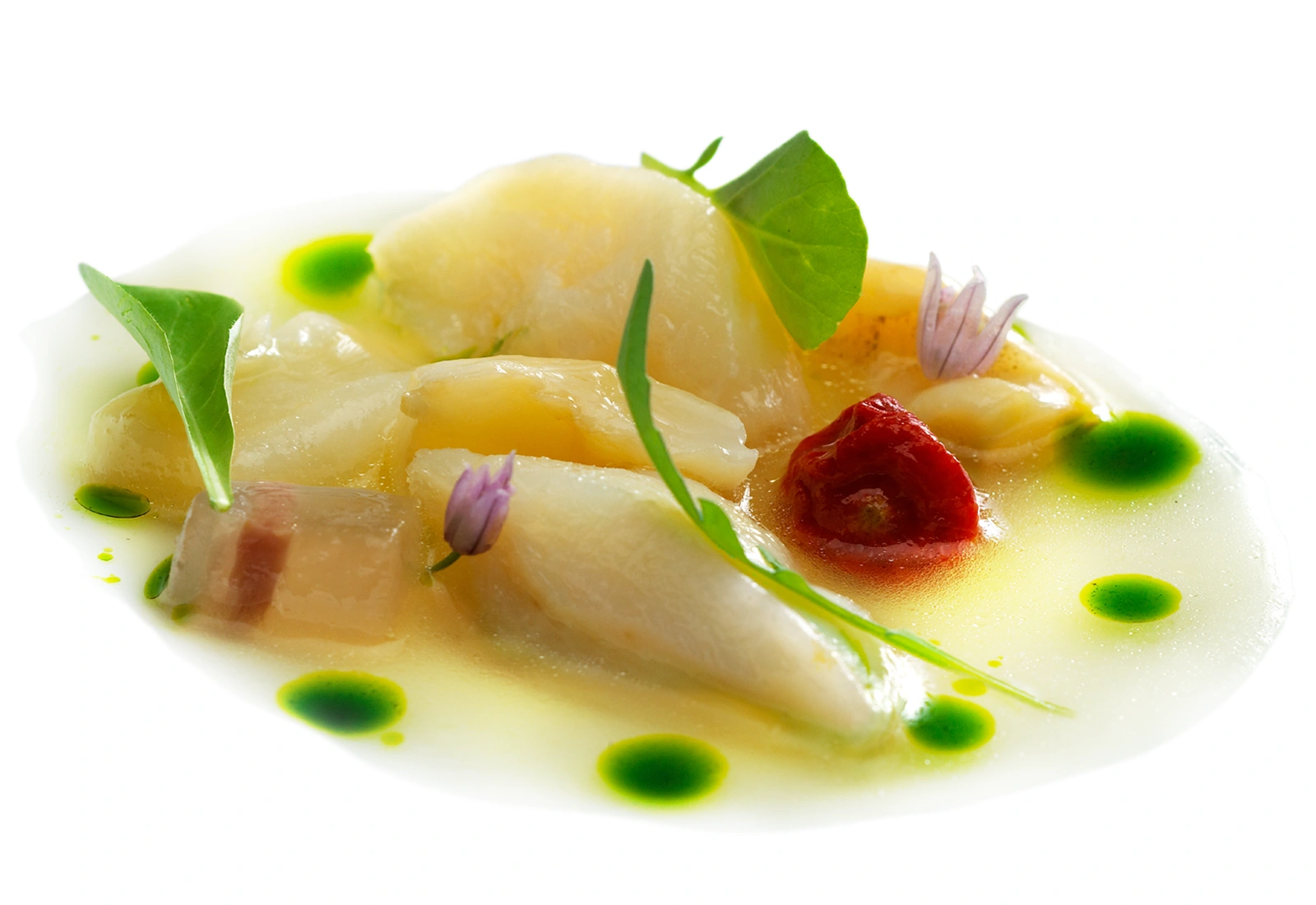
Stew of confit cod and cod cheeks. “Sopako” bread, tomatoes and spiced parsley “pistou”
Cod is one of our favourite matryoshkas. A doll that hides inside another doll that hides another doll, and so on and so forth. When we carry out exercises in fluidity, we find uses for it where it seems to have none. With its tail, its skin, its collagen and even its bones we have made everything from cakes to marshmallows, understanding that the search only ends to begin again.
20 02
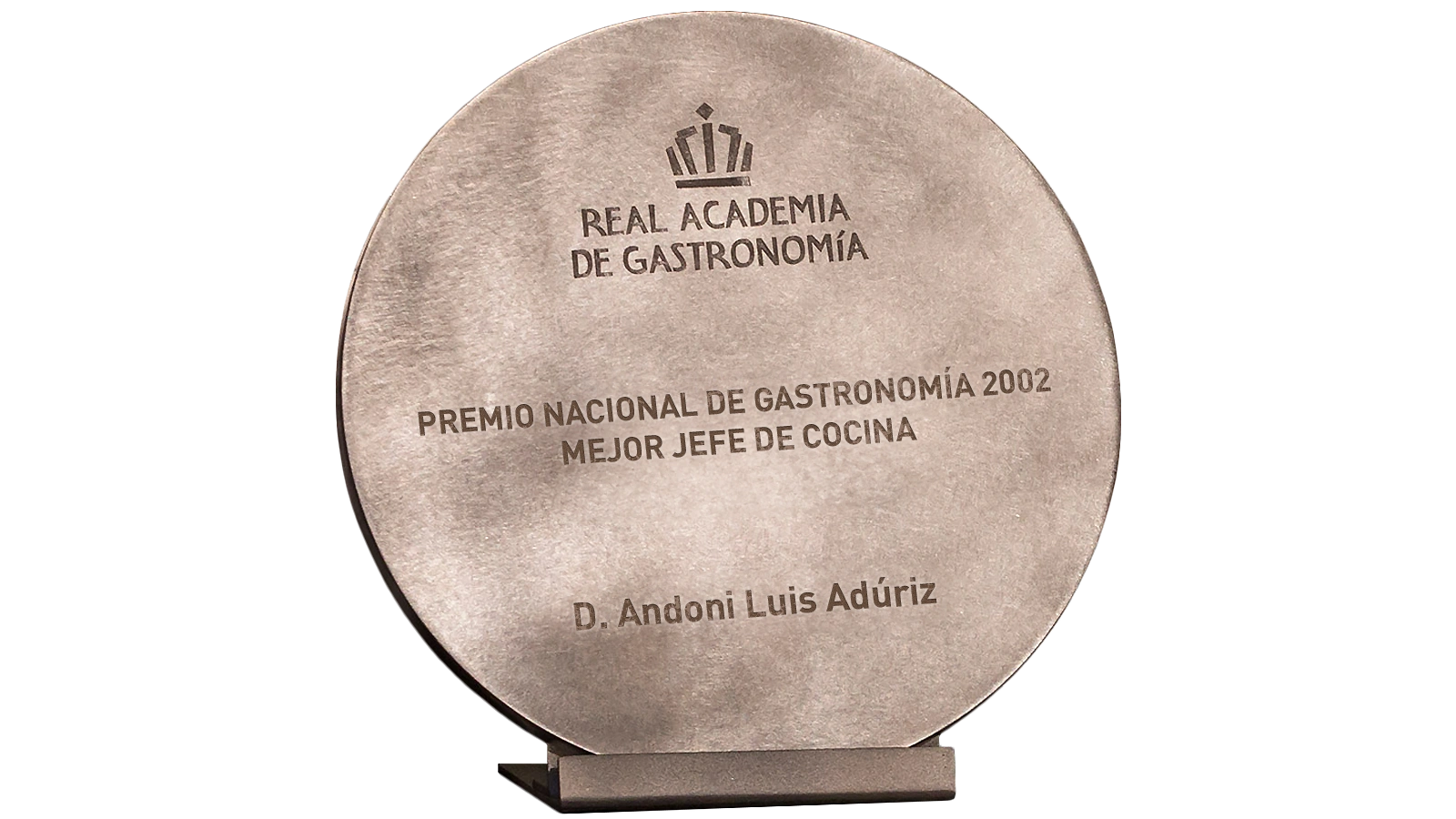
National Gastronomy Award for Andoni Luis Aduriz
The National Gastronomy Awards are the most important prizes in the gastronomic sector. They have been awarded by the Royal Academy of Gastronomy since 1974 in order to acknowledge the work of the best professionals linked to our gastronomic culture. Andoni Luis Aduriz received this prestigious award in 2002 for his contribution to the sector.
20 02
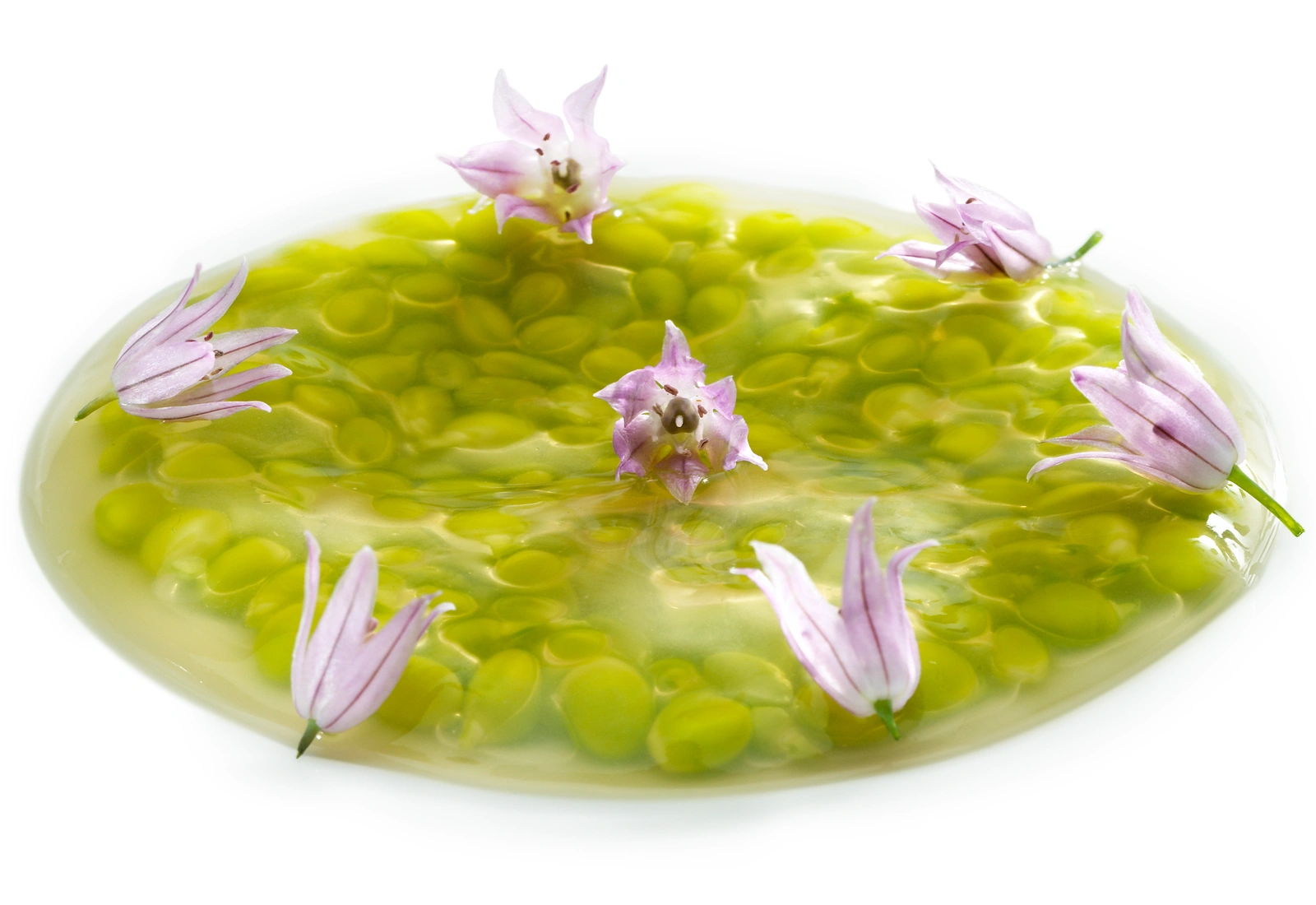
Teardrop sweet peas covered in a light, tepid veil of ginger consommé
Our first steps combining hydrocolloids to achieve new textures. Texturing agents or hydrocolloids are carbohydrates and proteins of natural origin obtained from fruits, vegetable seeds, seaweed, tubers and cereals, among other sources. They act as thickeners, gelling agents, etc., while providing flavour and stabilising foams, emulsions and dispersions.
19 99
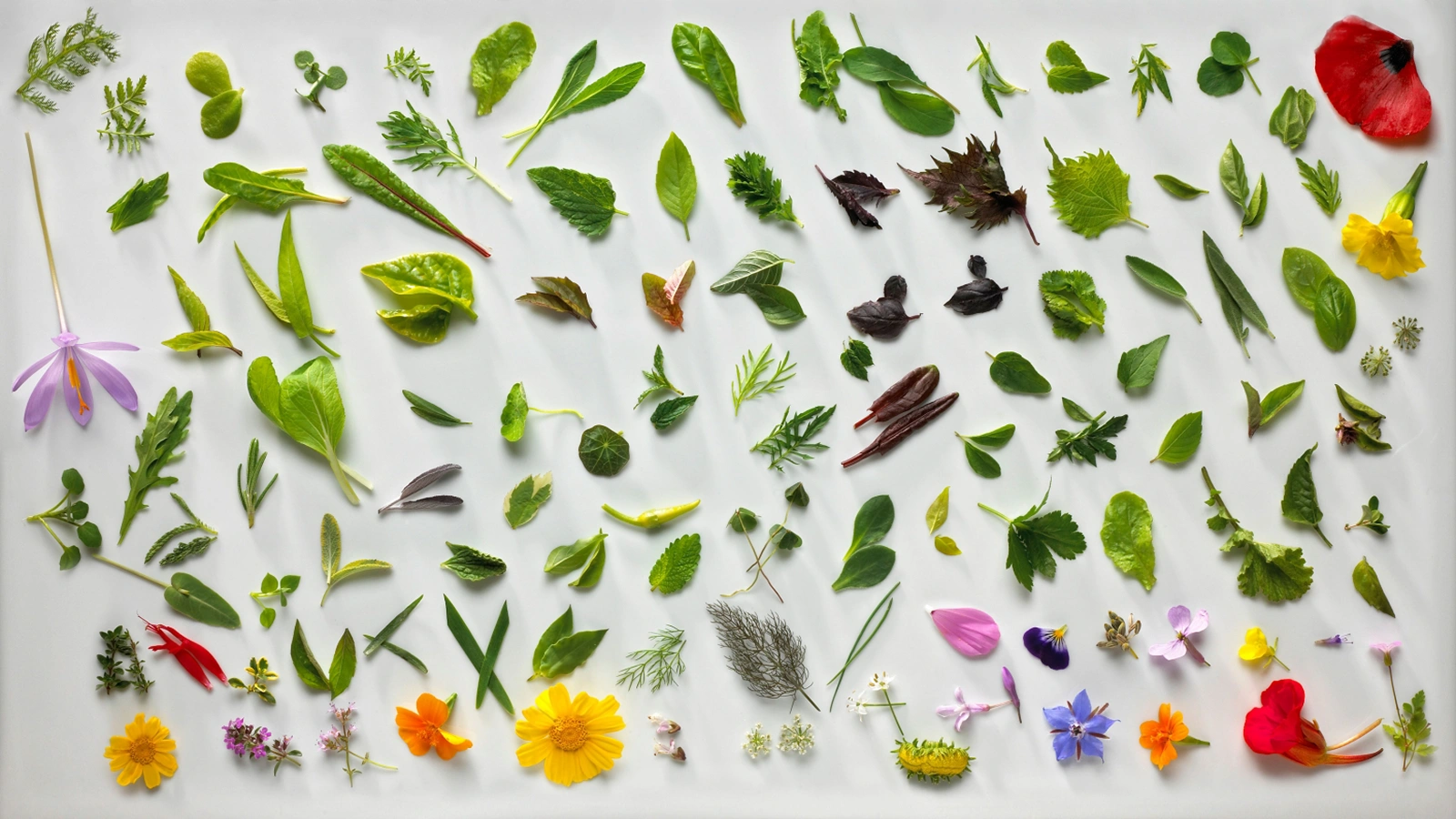
First time in the company of scientists: Aranzadi Science Society
In our beginnings, the need to find out about the nature that surrounded us filled our library with books on botany and anthropology, and our questions and curiosity multiplied exponentially. We turned to the Aranzadi Science Society, where botanists helped us to make distinctions in nature, to identify the degrees of toxicity of plants and to find applications in our kitchen for the misnamed “weeds”. It was the first time we had worked with a non-culinary institution, but it would not be the last.
19 99
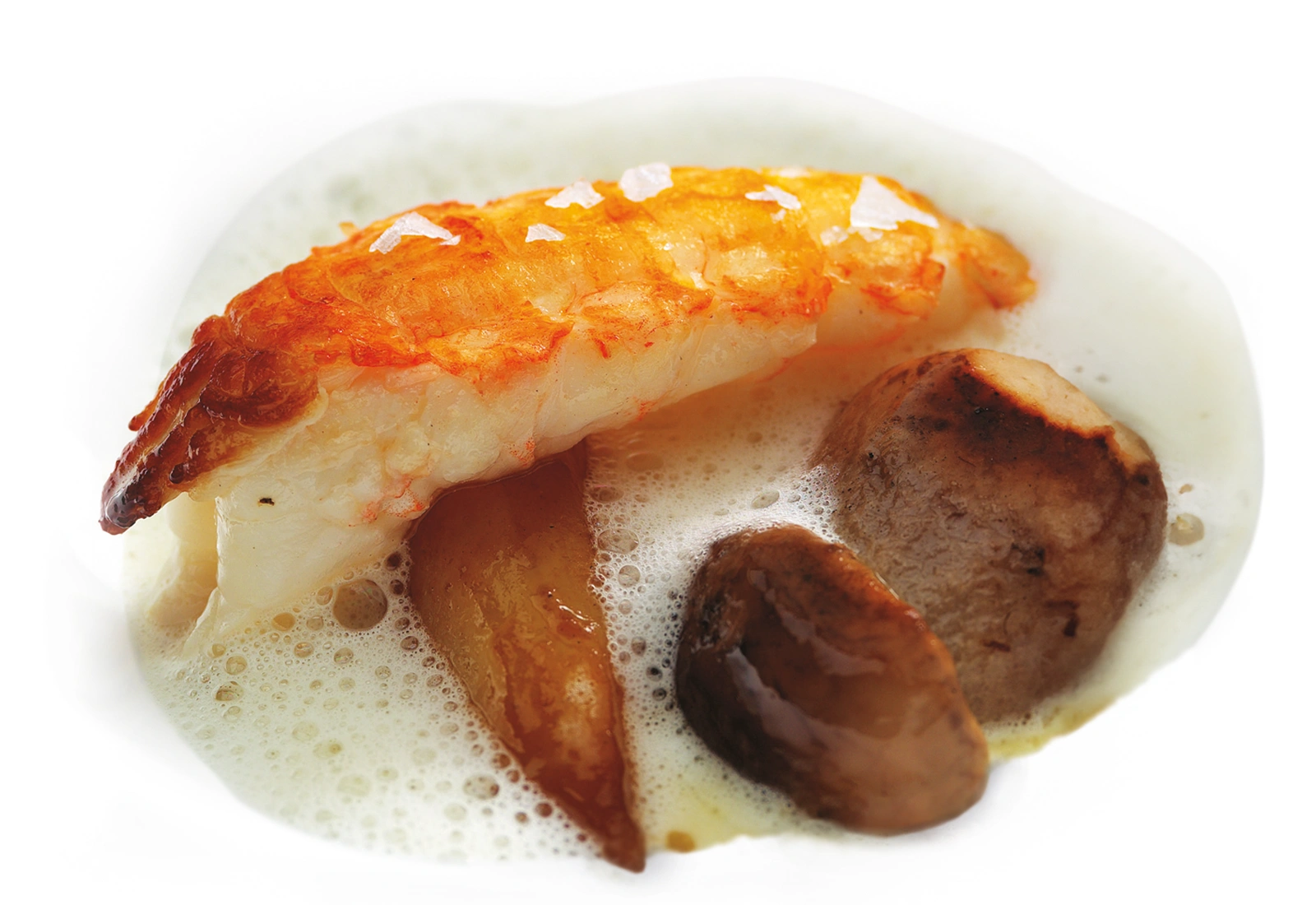
Sautéed langoustines with leek stalk compote, mushrooms and creamy bread broth ‘Poilane’, double cream and yeast
One of our first dishes. A reflection of the accuracy and neatness we were looking for in our beginnings, playing with recognisable products, closer to traditional cuisine than the path we have chosen in later years.
19 98
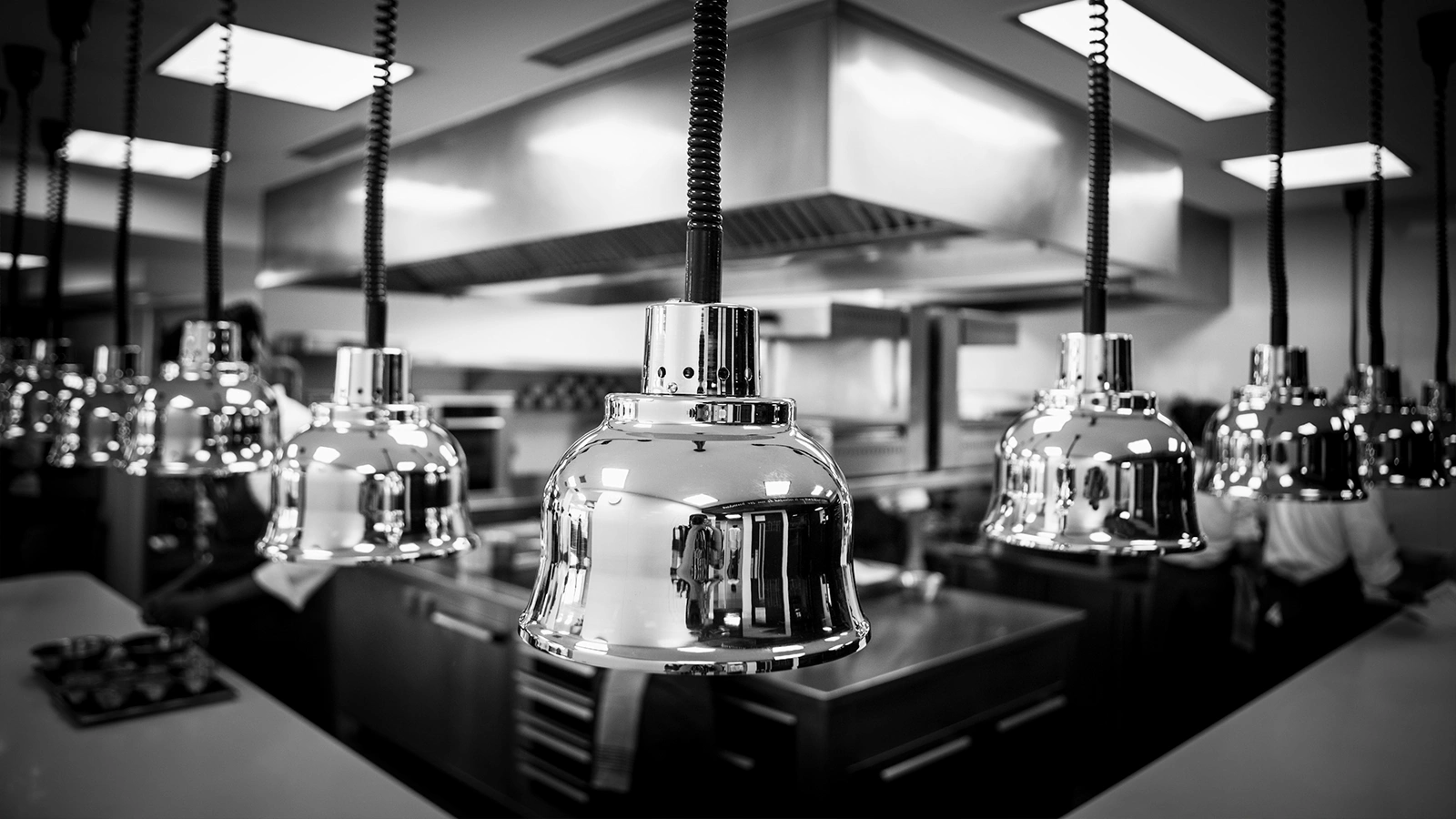
Mugaritz opens its doors
If Mugaritz had been created elsewhere, our story would surely be different. In 1998 we were very excited, but with little justification. And perhaps that was why starting out was so difficult. It probably seemed crazy to plant our project in the middle of nowhere, between two towns, on the border and under the shelter of a stoic oak tree. We decided to put an advertisement in the newspaper to warn customers: “Prior reservation required”. Life, however, has a way of putting you in your place: on the day of the opening, barely a cyclist appeared on our mountain.
19 98
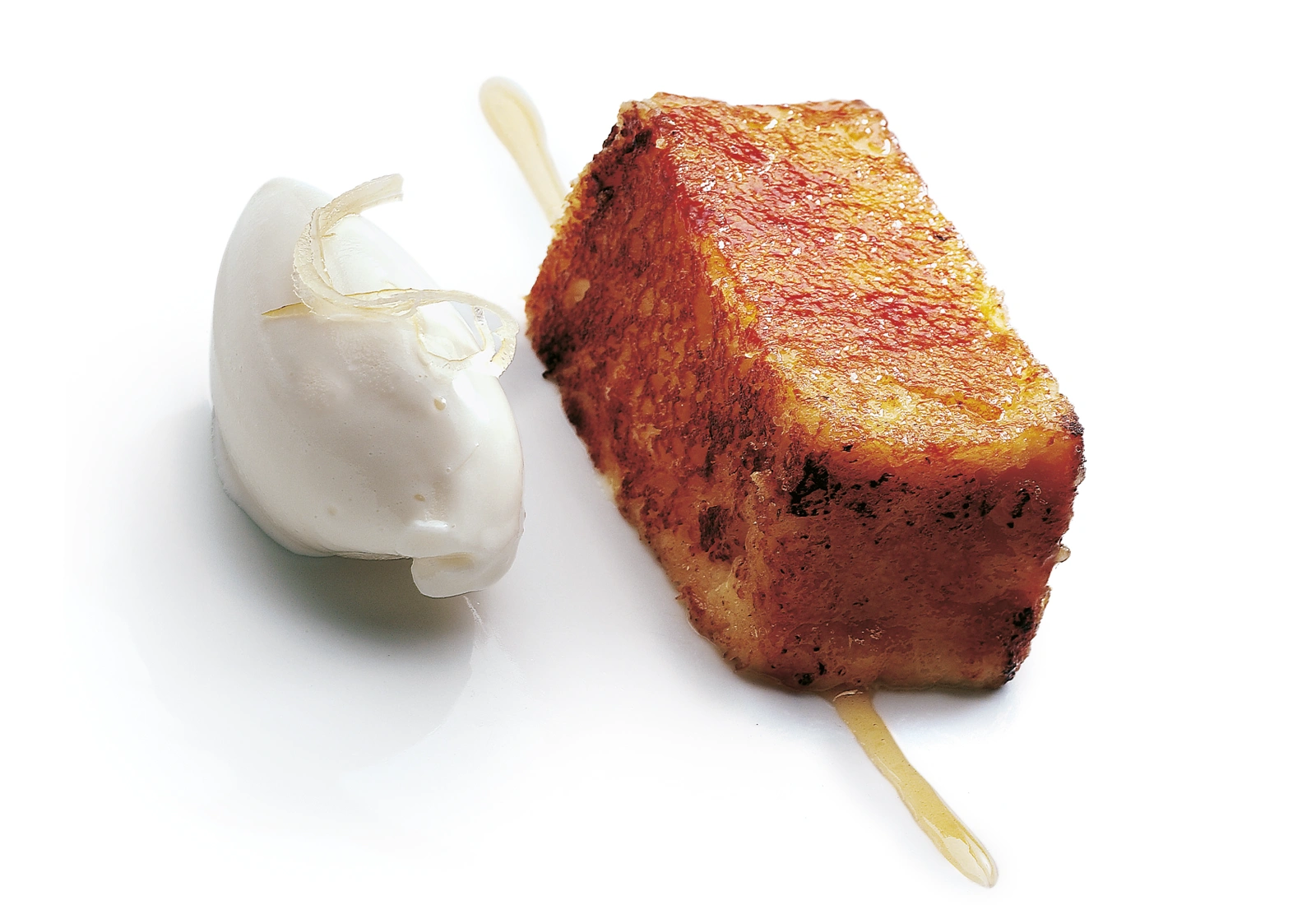
French toast soaked in cream and egg yolk, toasted in the pan and caramelised
The torrija (French toast) is a traditional dessert, usually eaten at carnival time. The children take half a dozen each to school from their homes, where they polish them off with the teachers, the high sugar content bringing the most primitive of pleasures. Recipes like this one arrived after calling in at Michel Guérard, where they reached a level of excellence that led us to use a home-made brioche at Mugaritz and caramelize it with almond cream and rum. A caramel topping turned this into a dessert that, in time, would become regarded as a guaranteed recipe for success in so many homes.